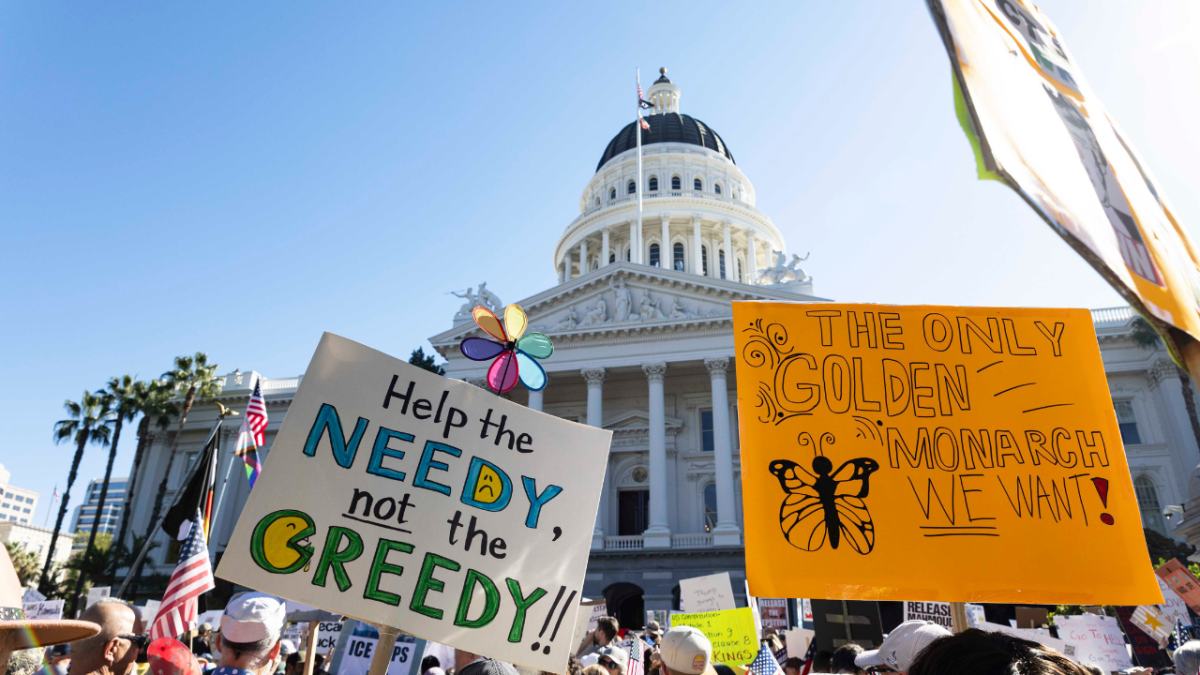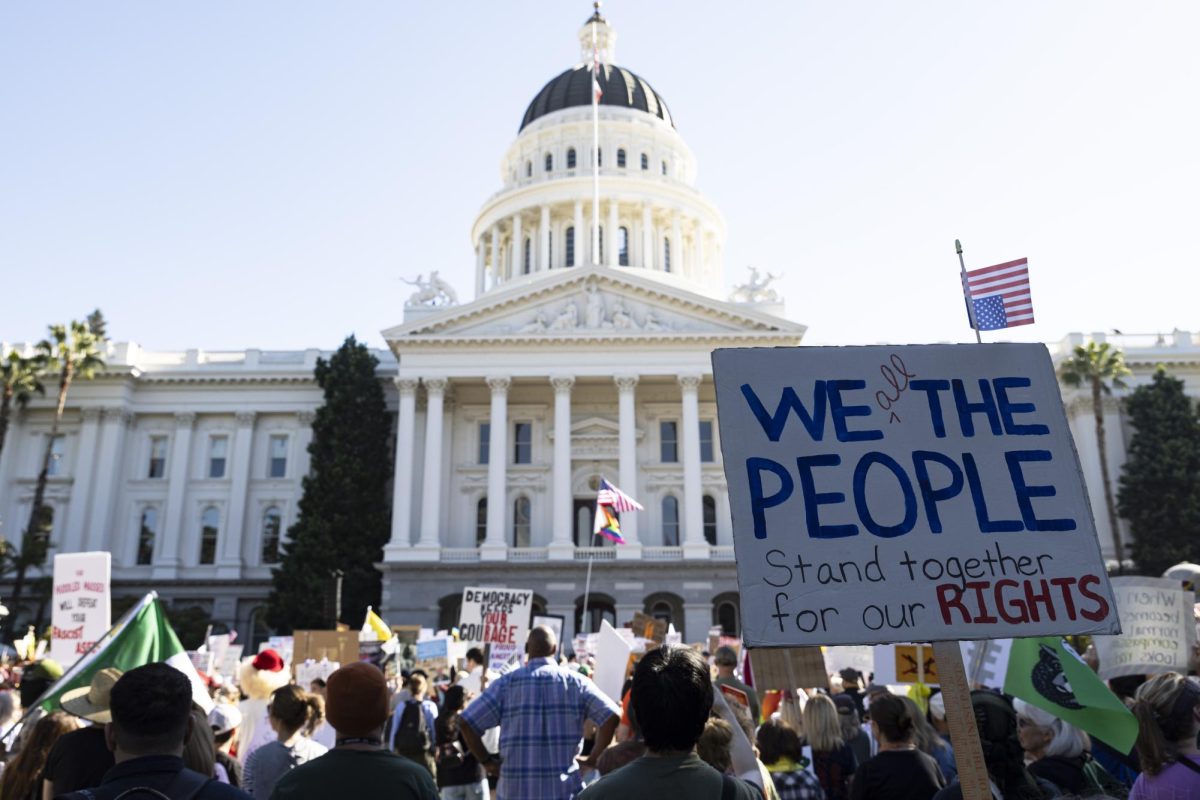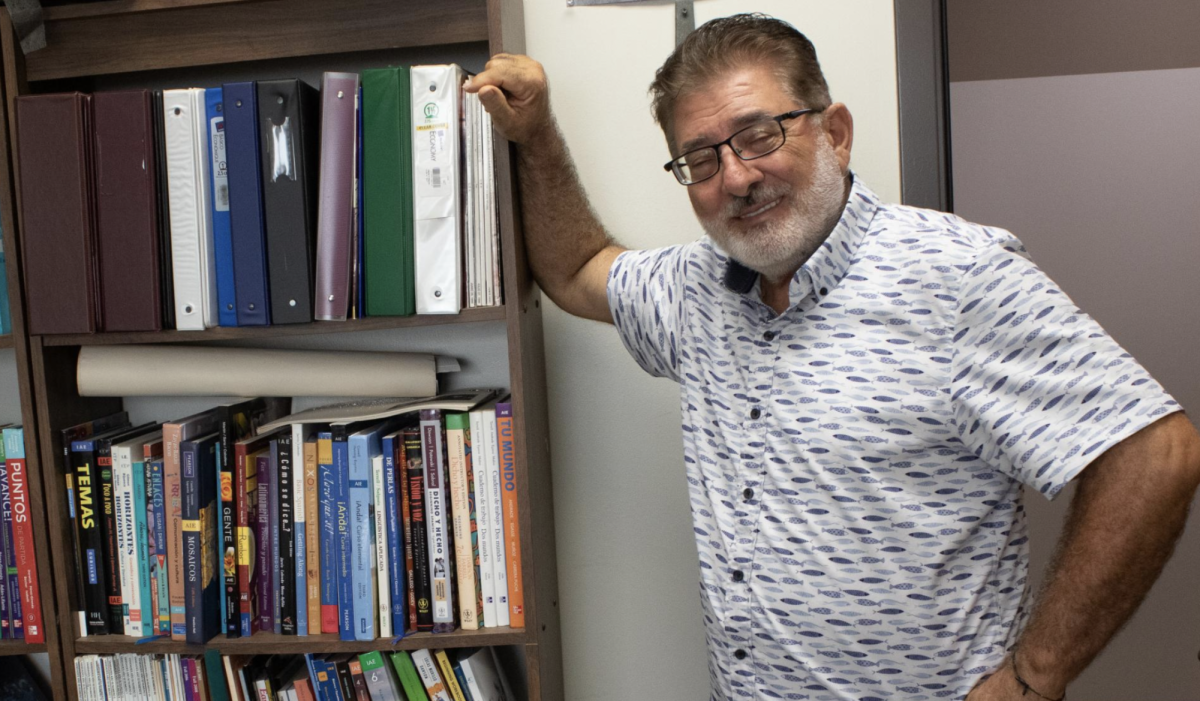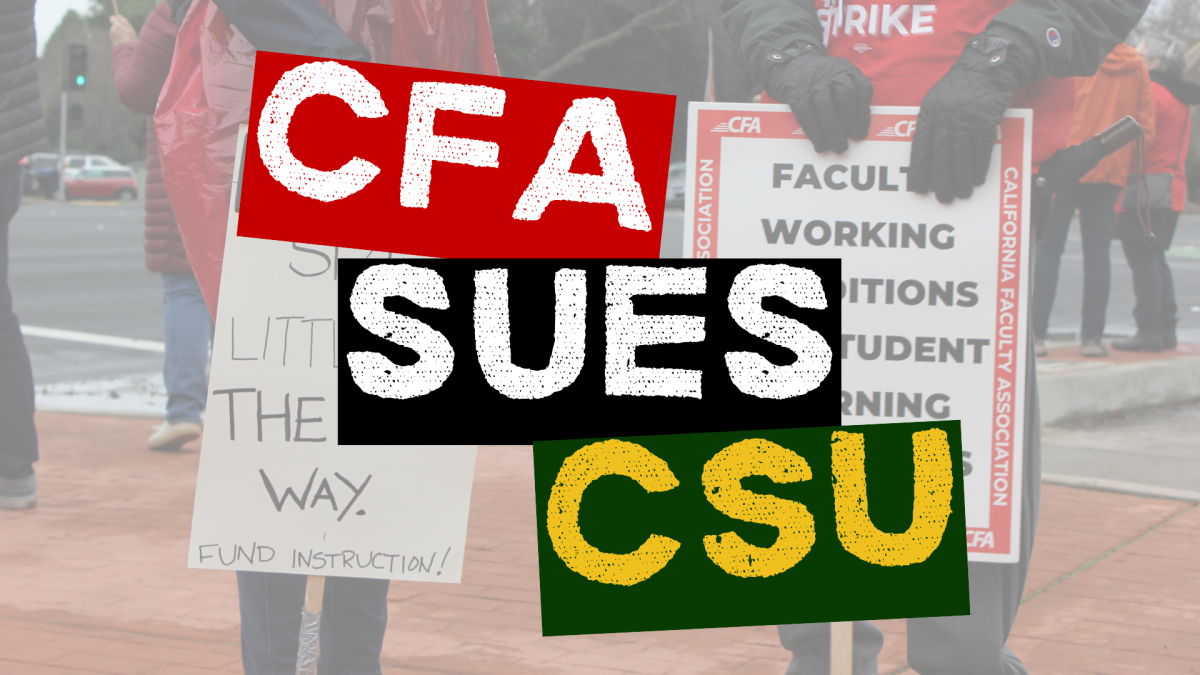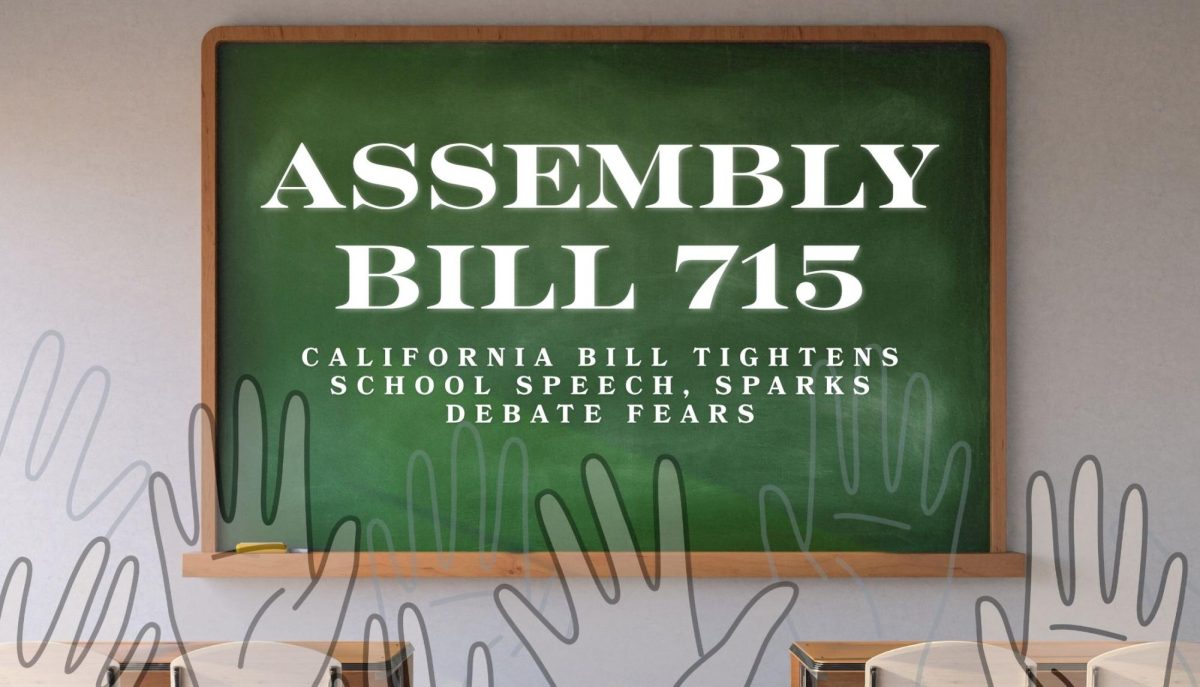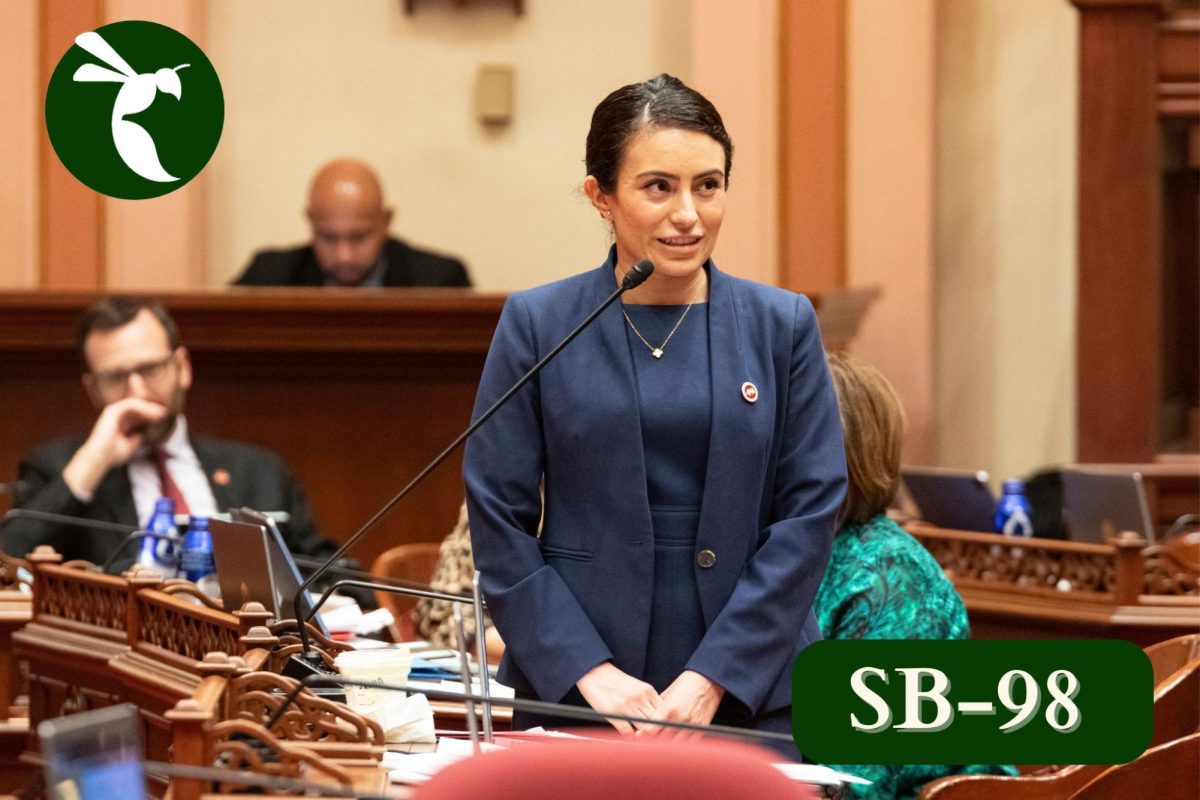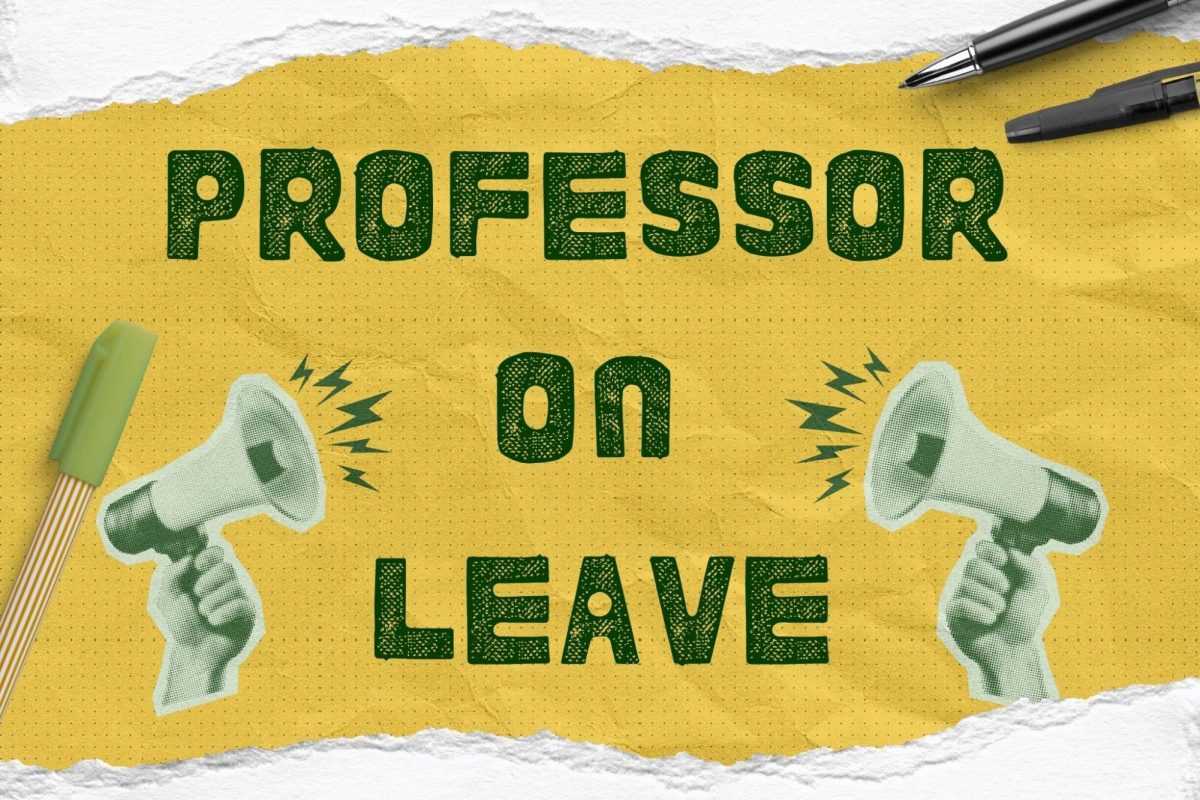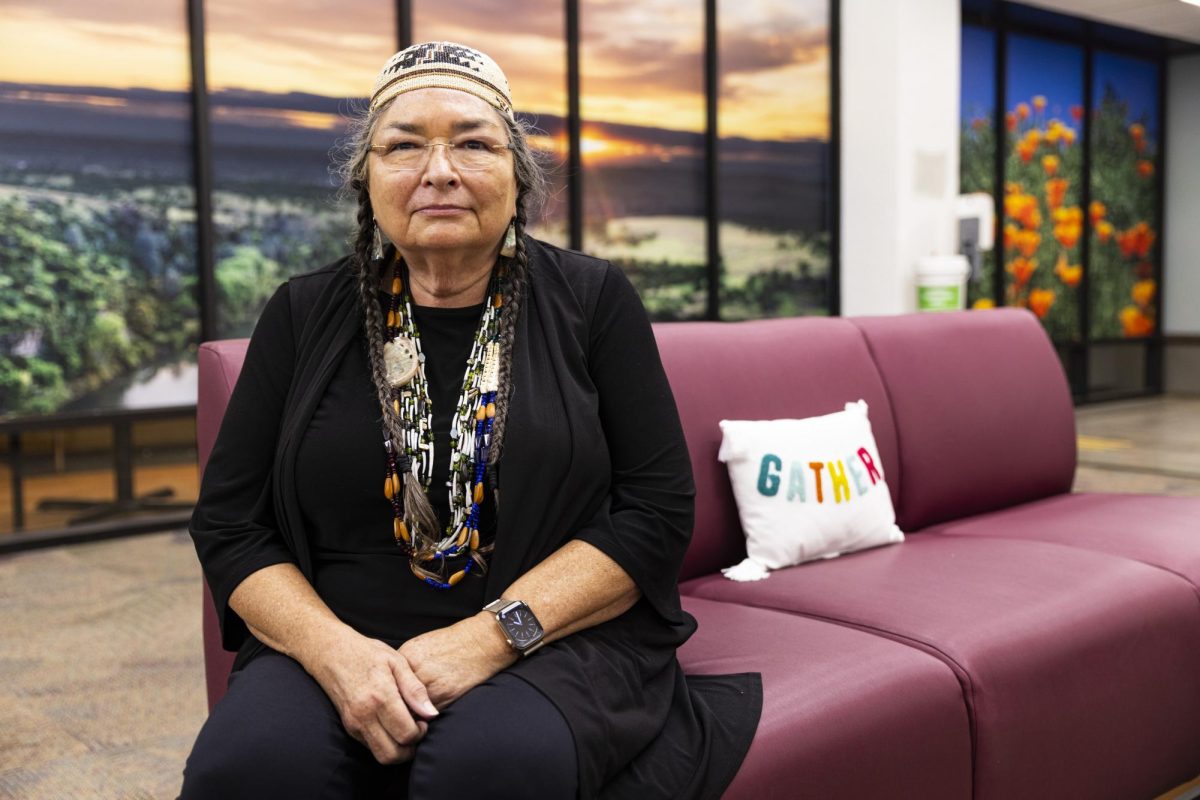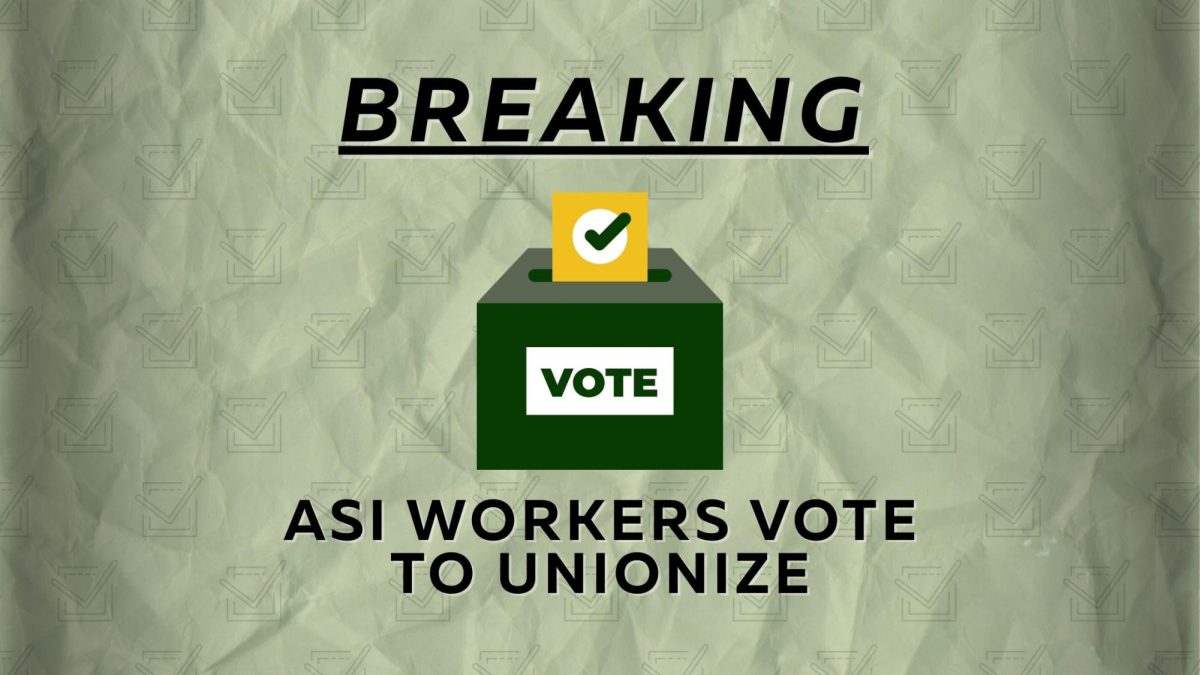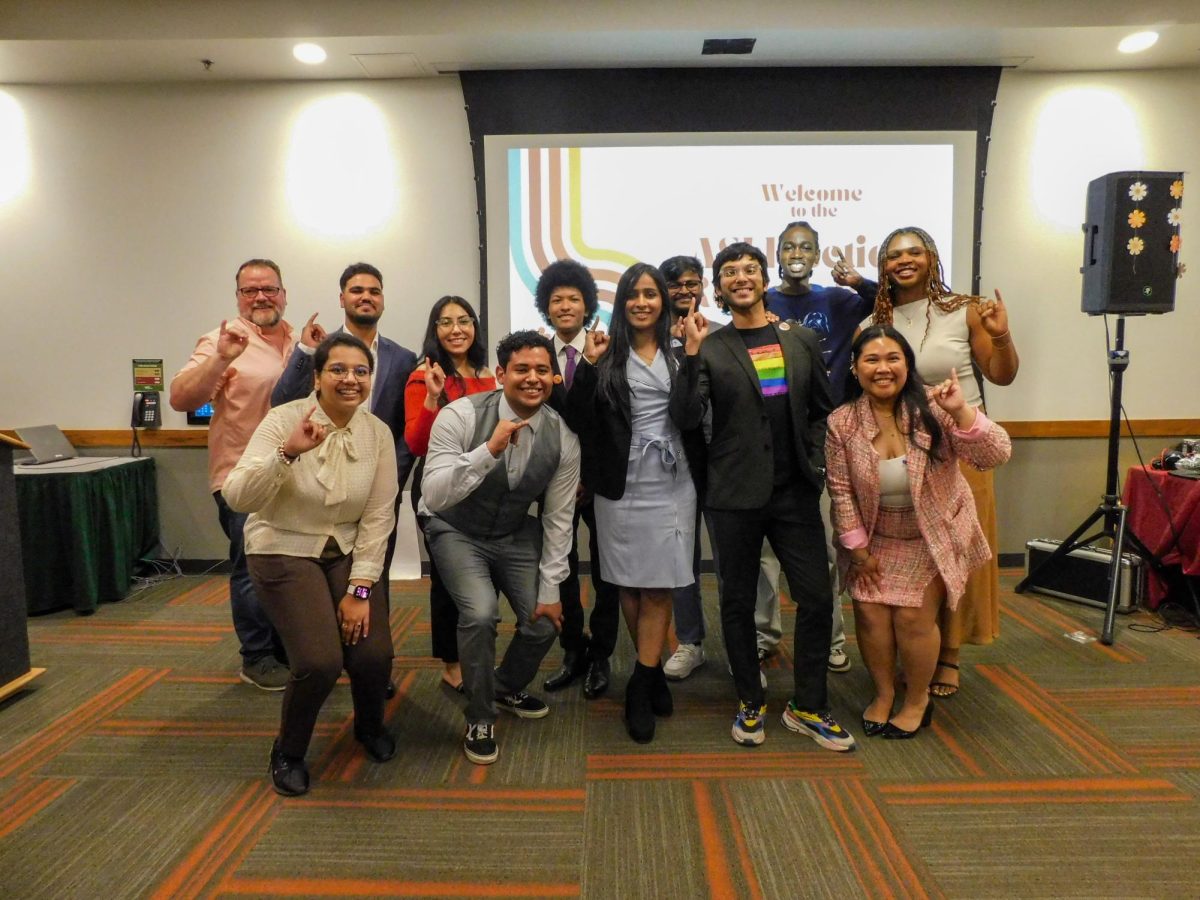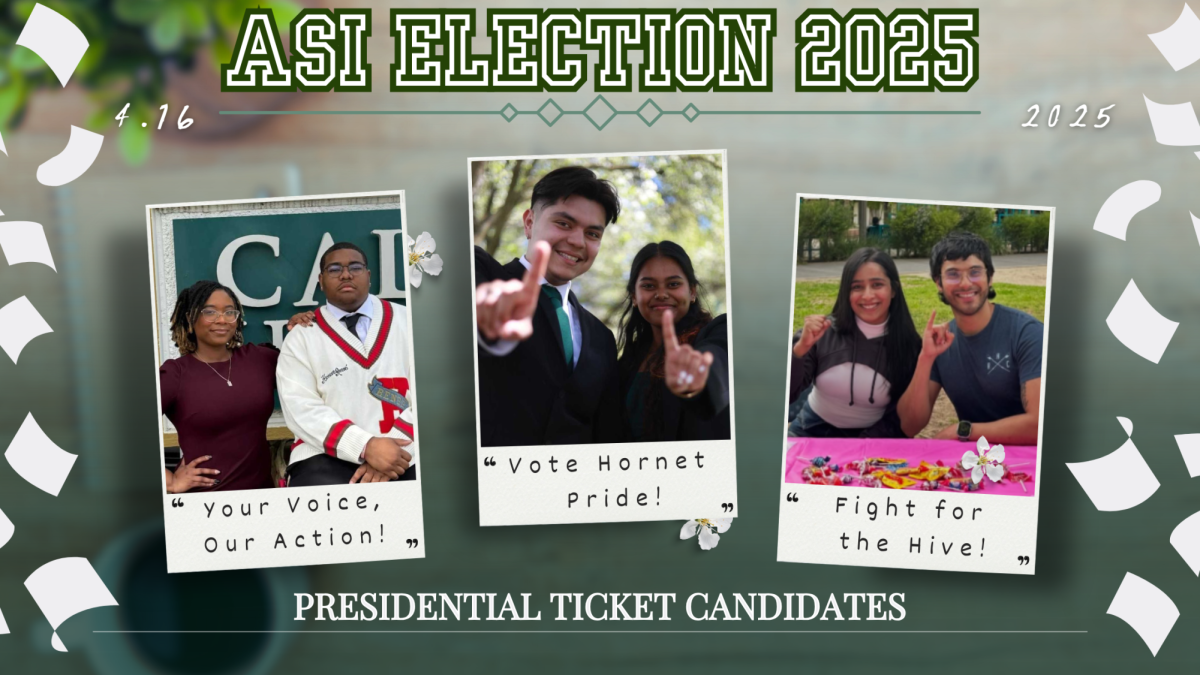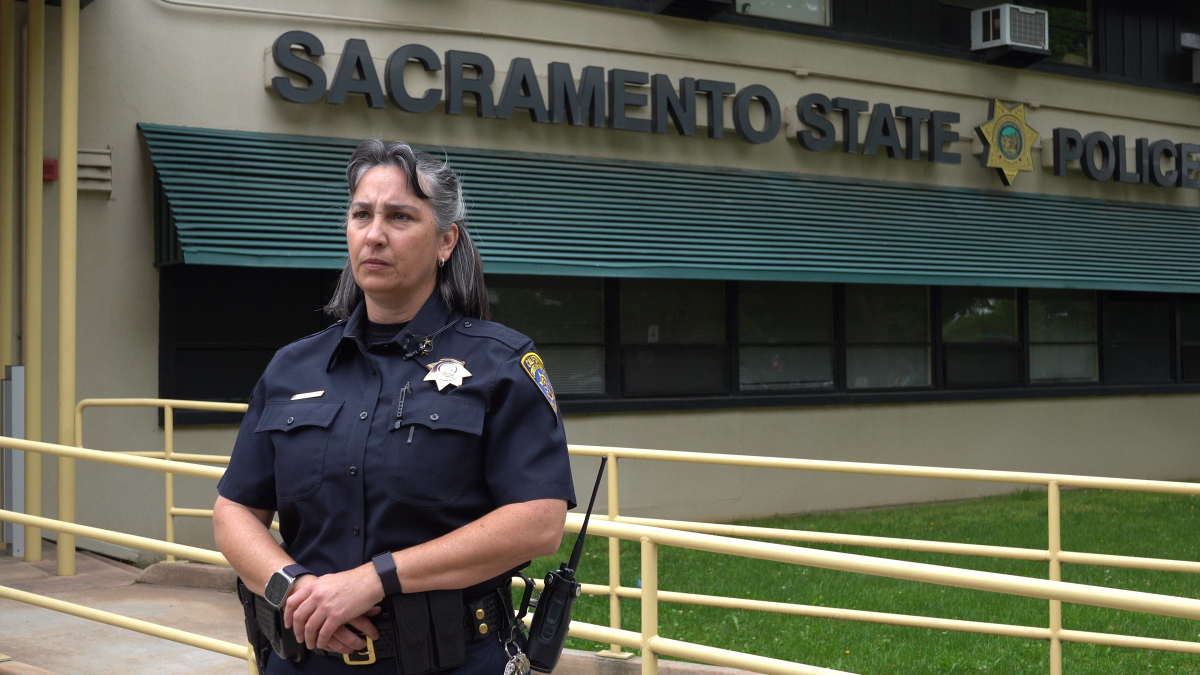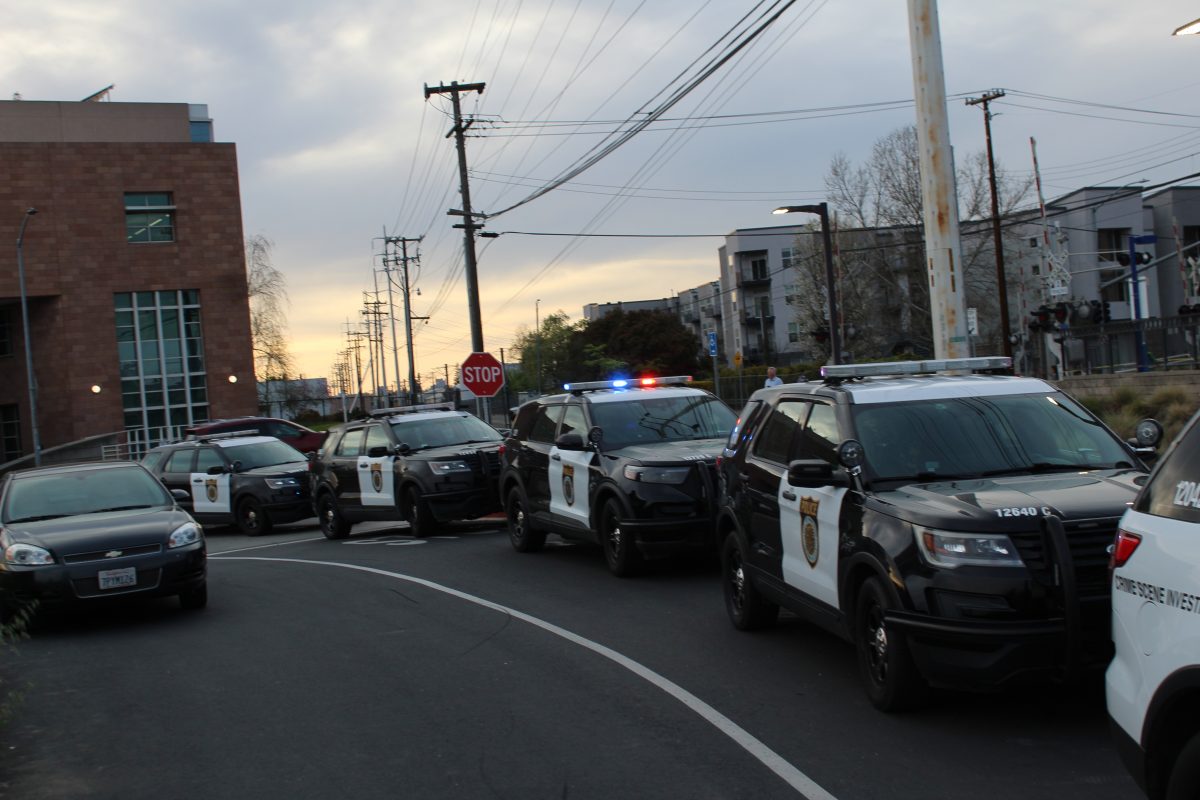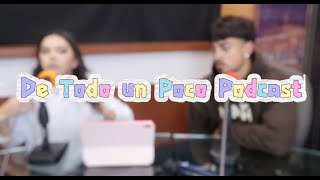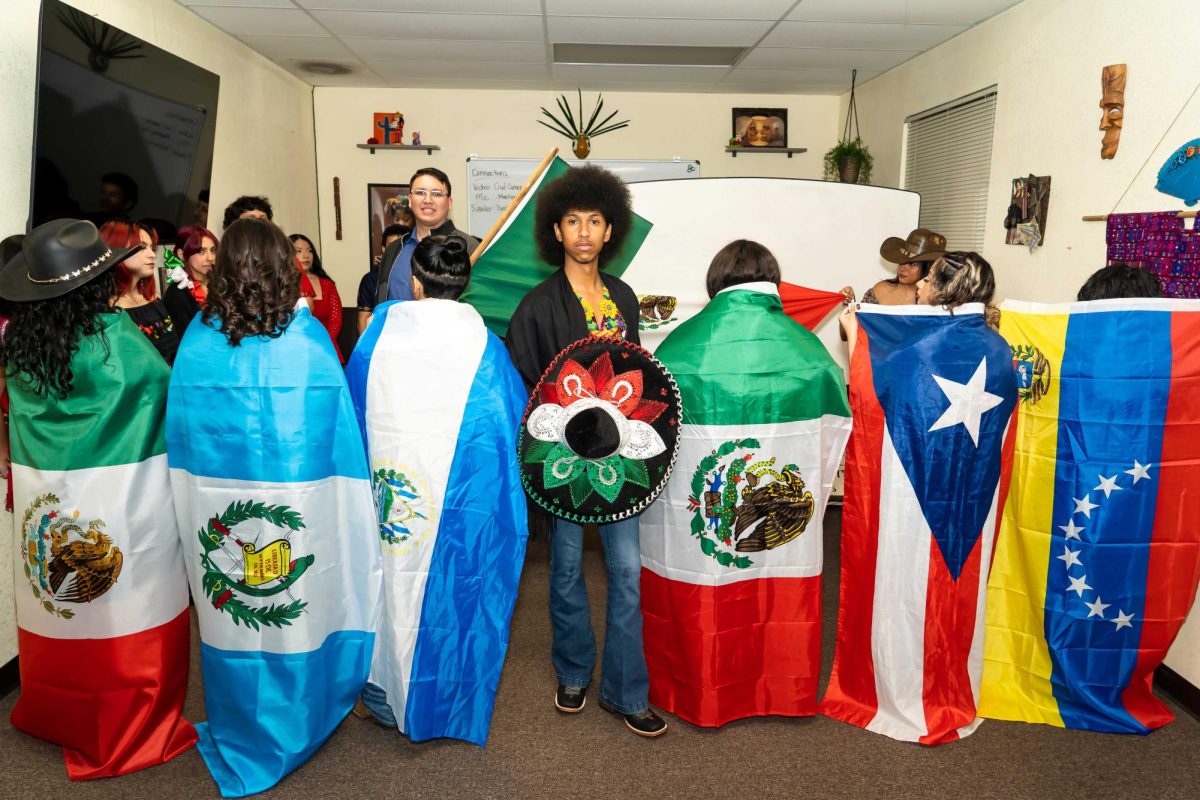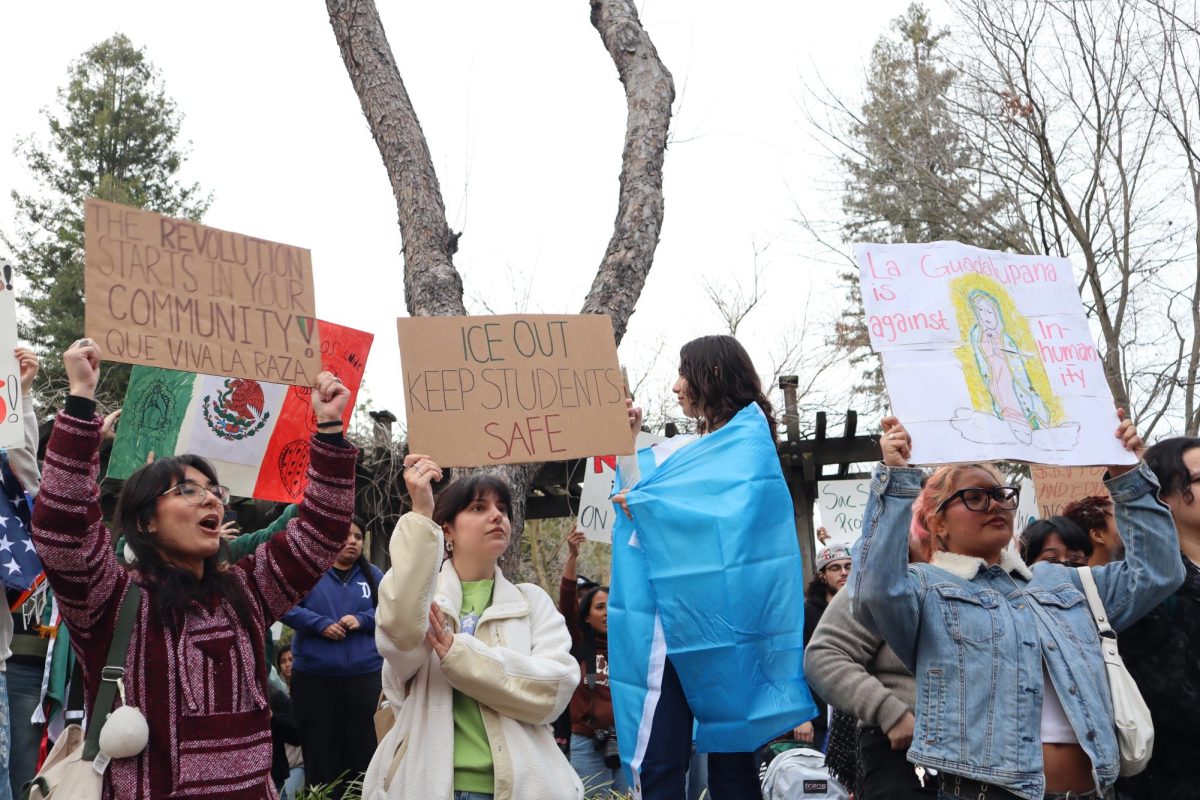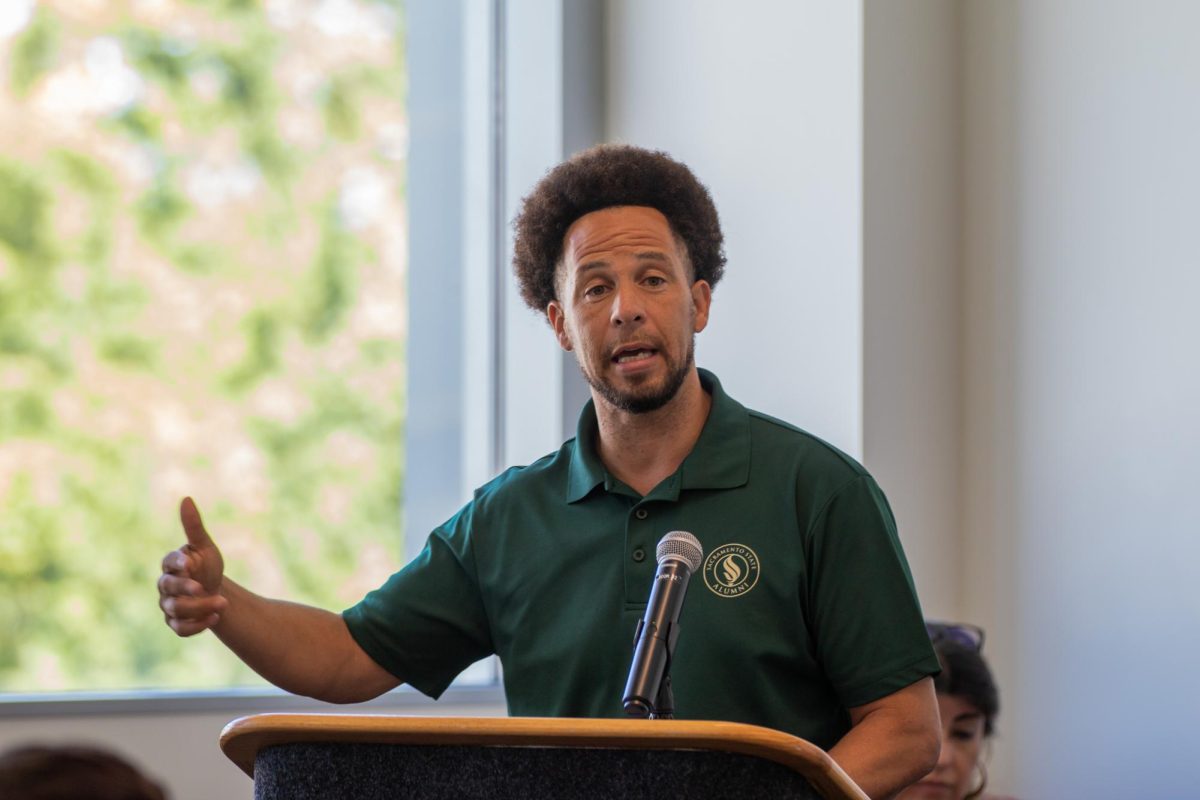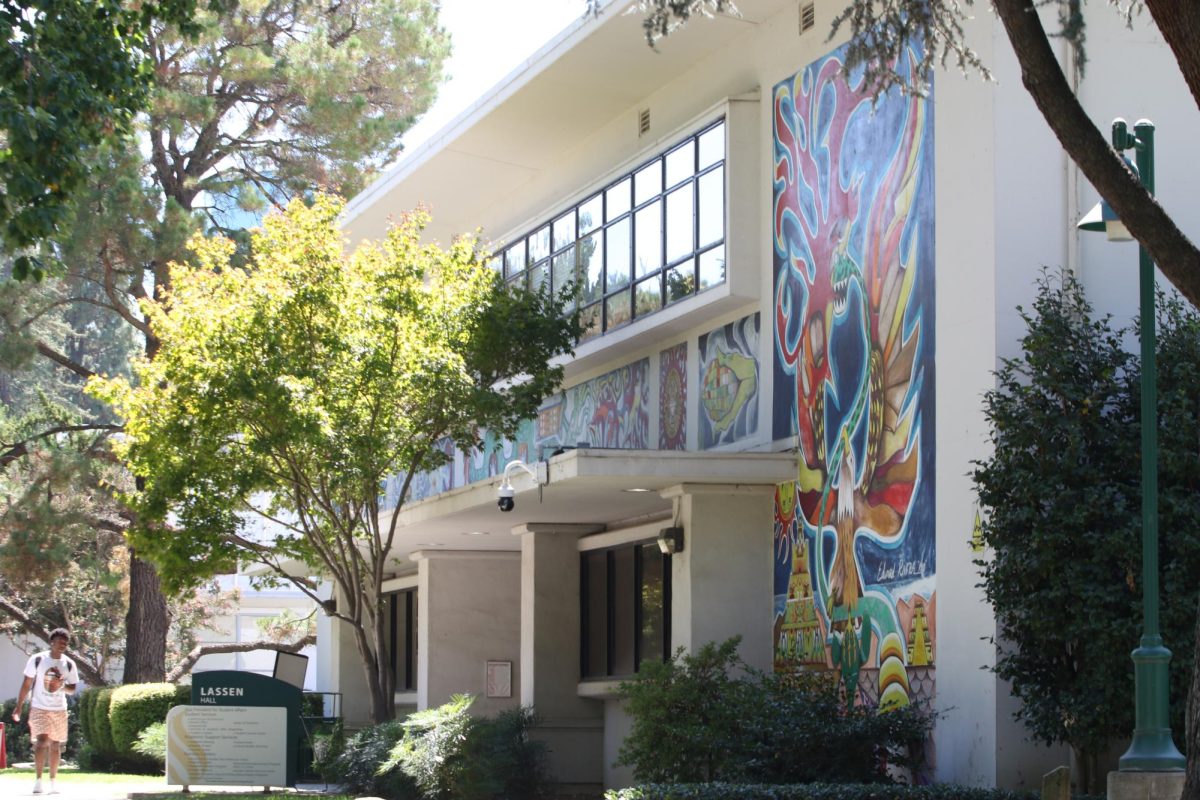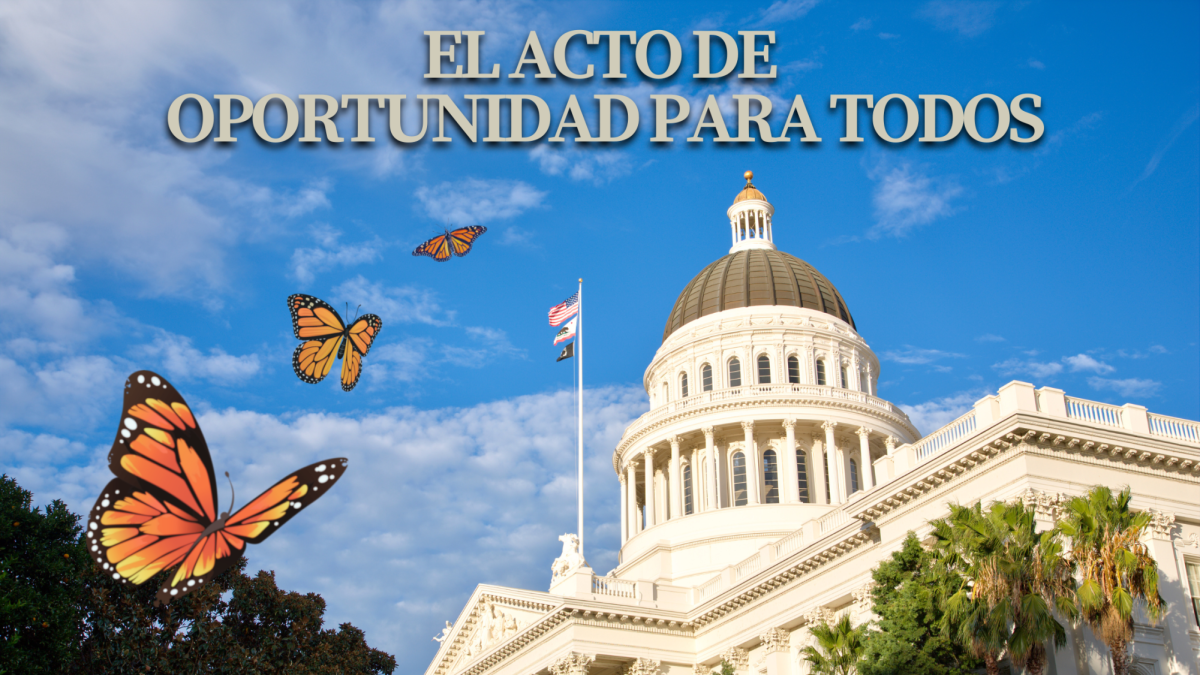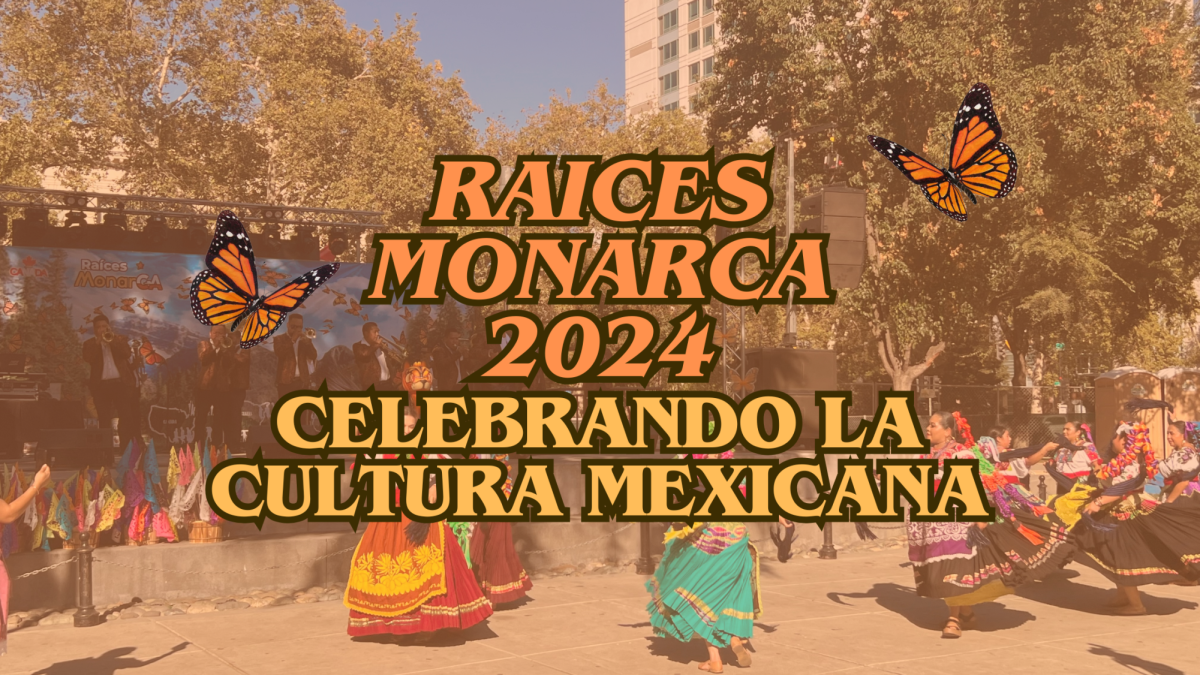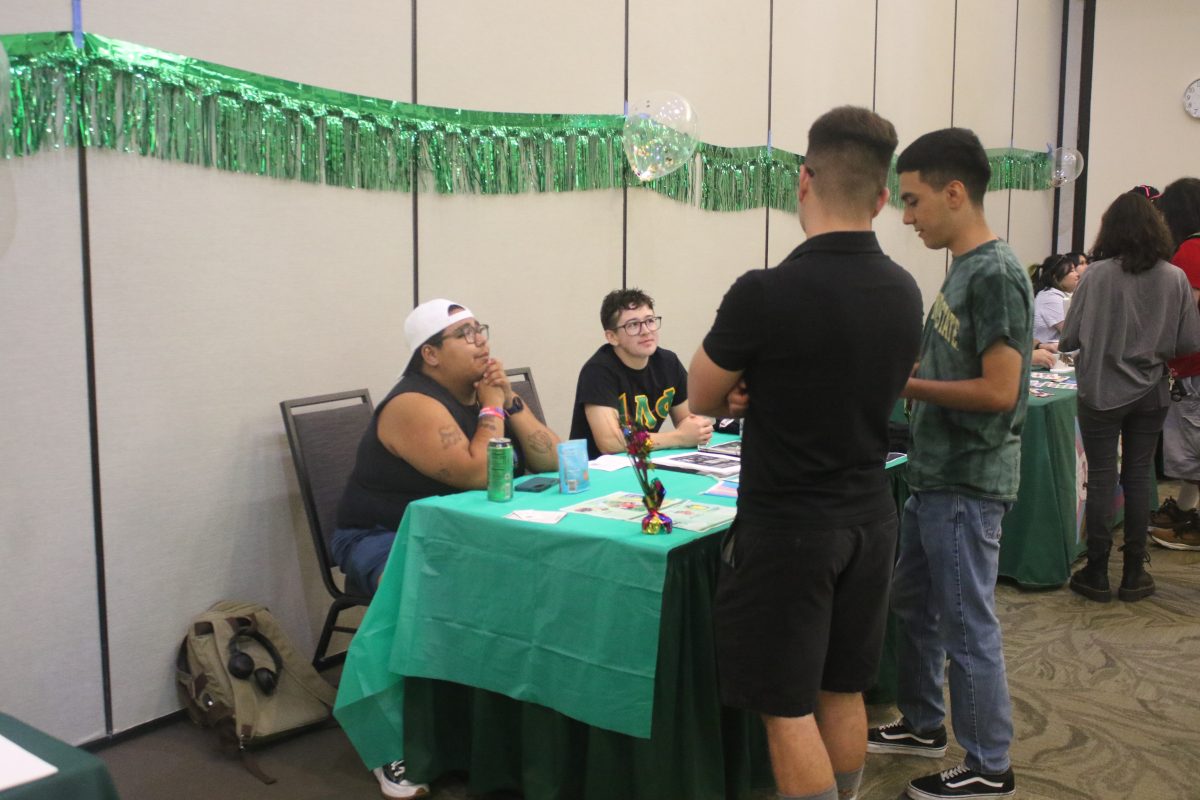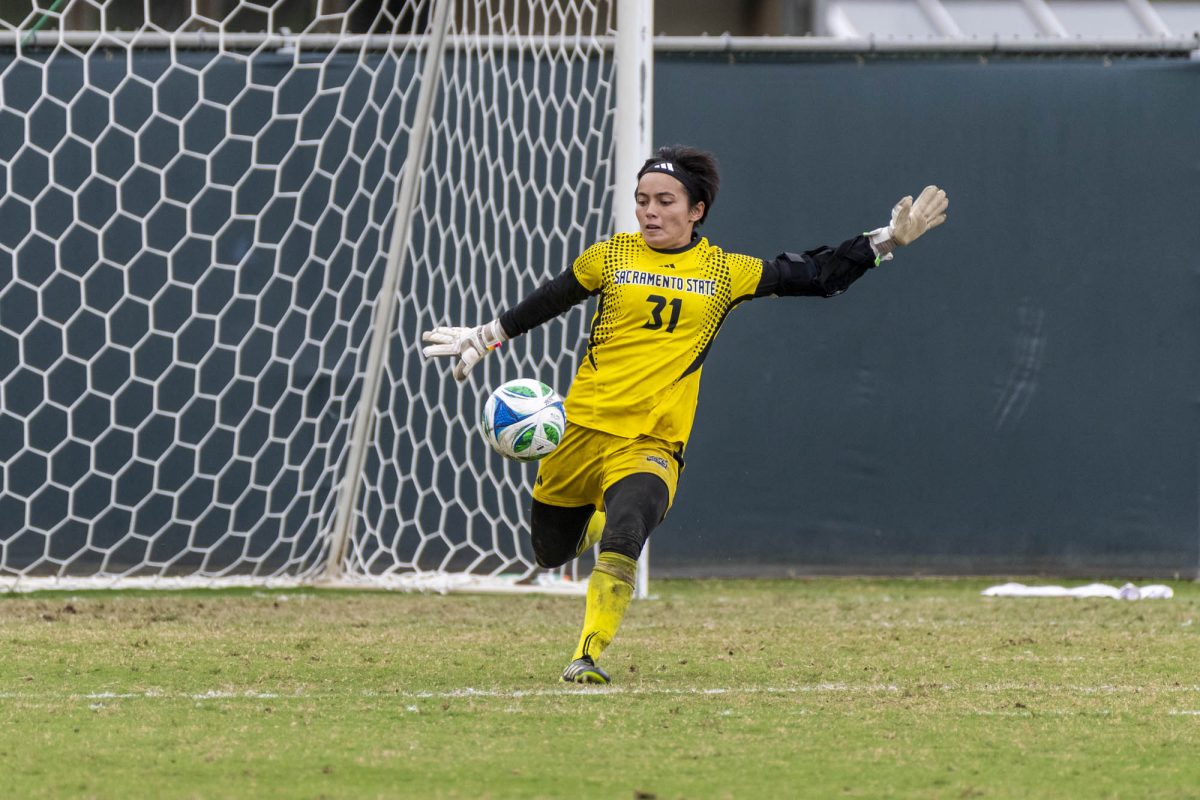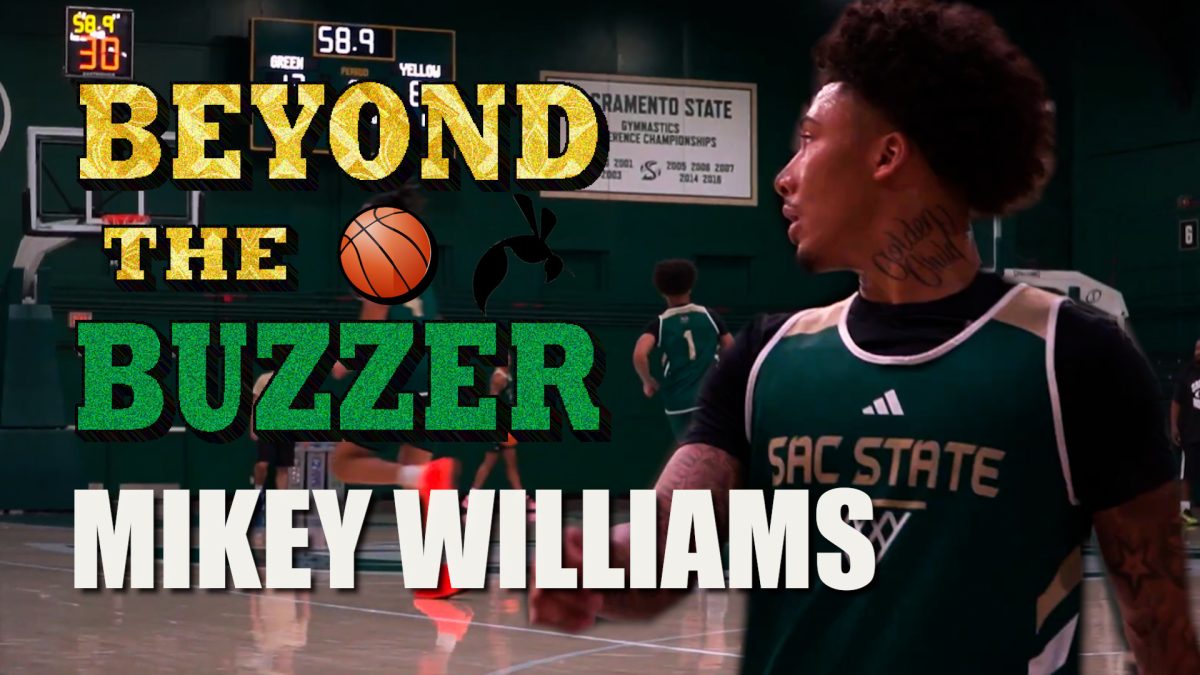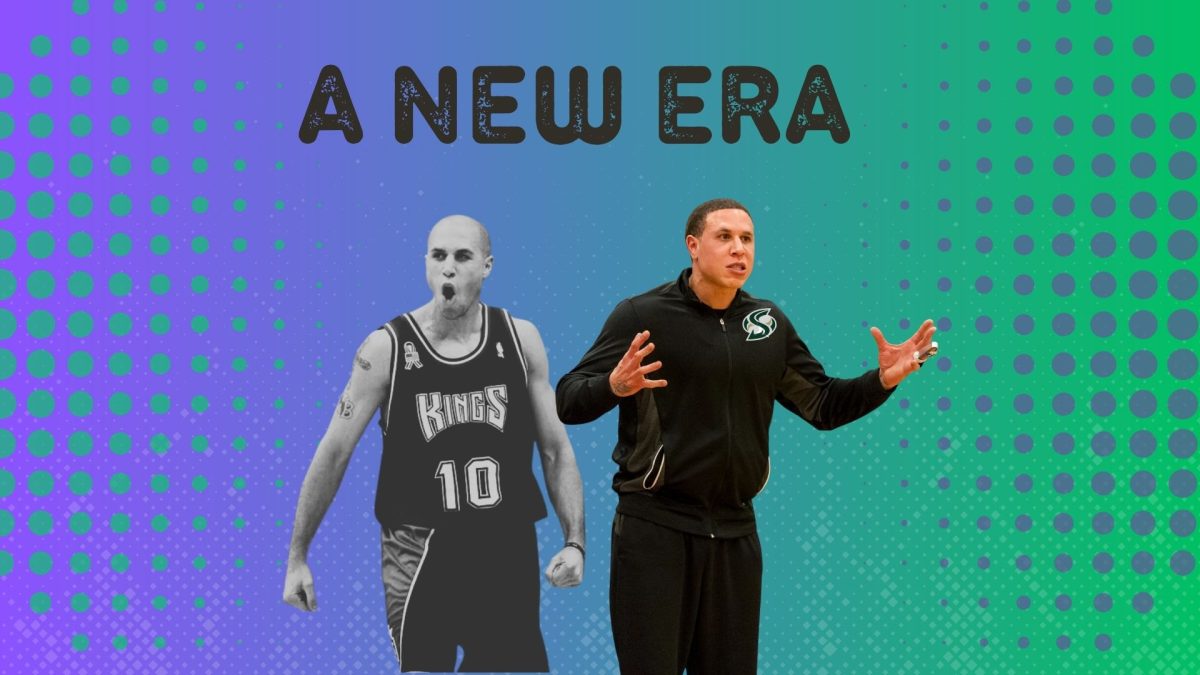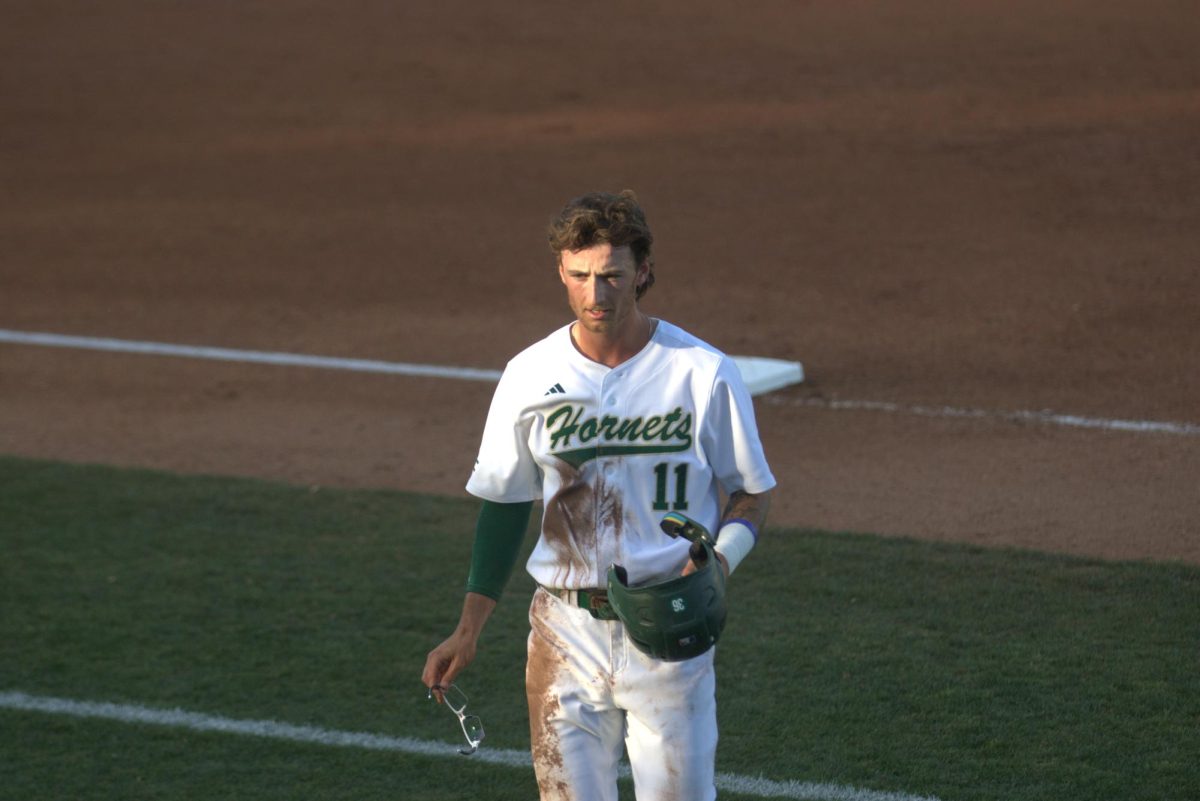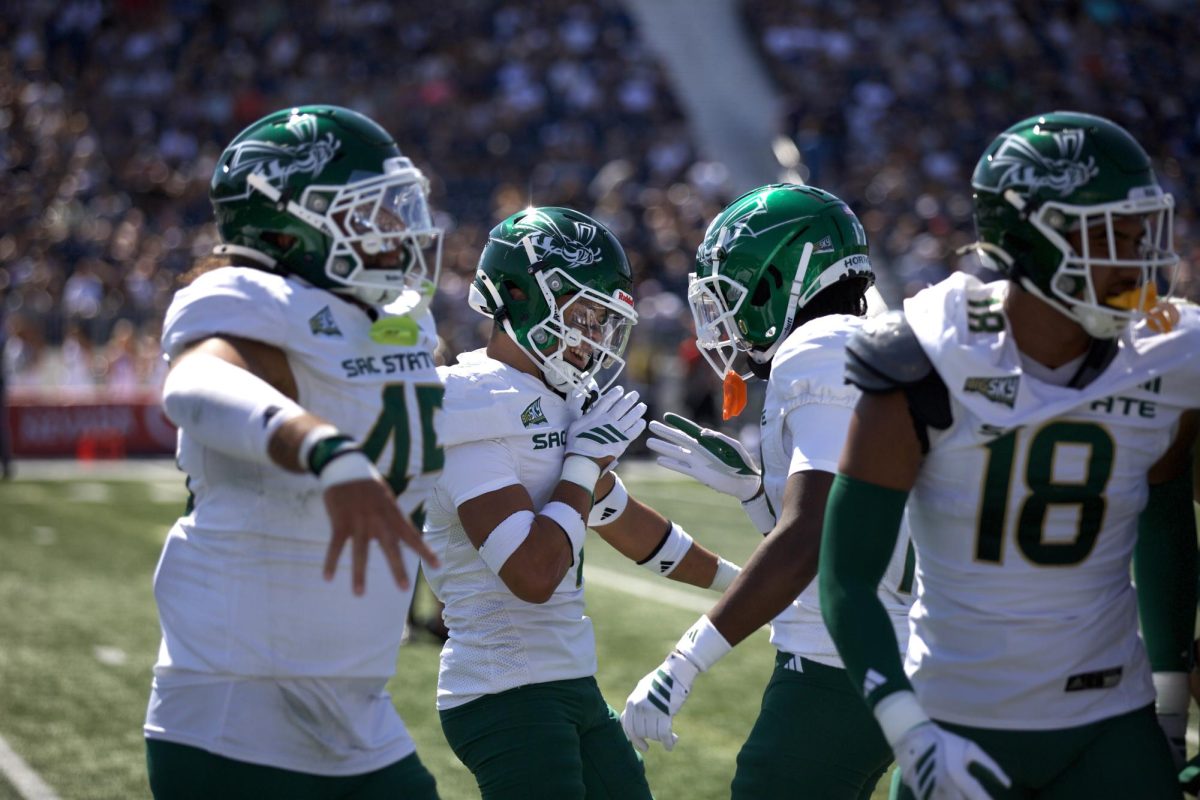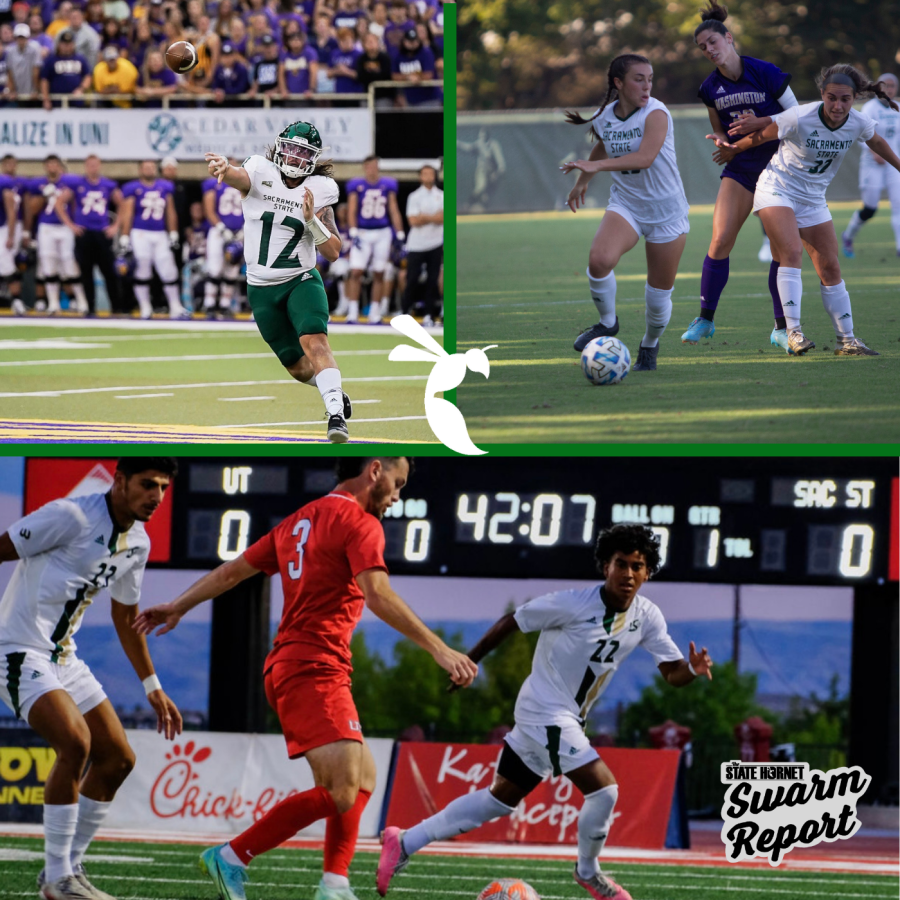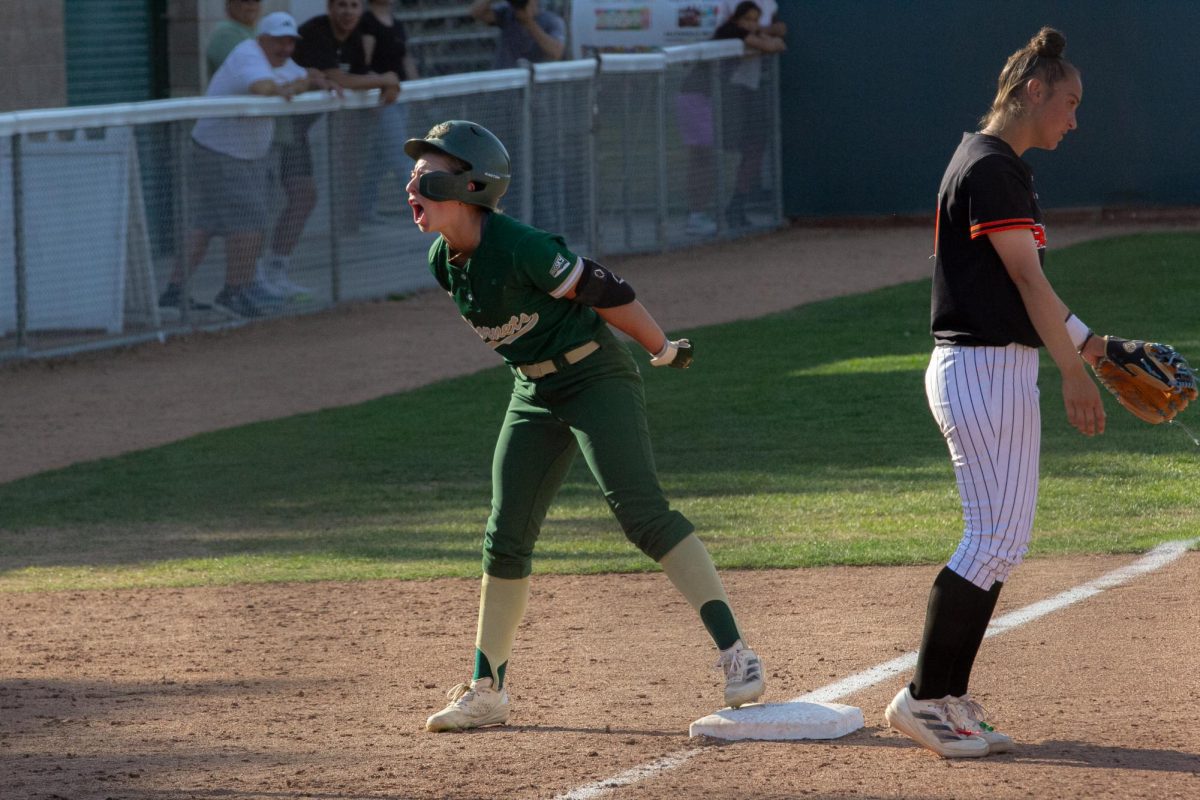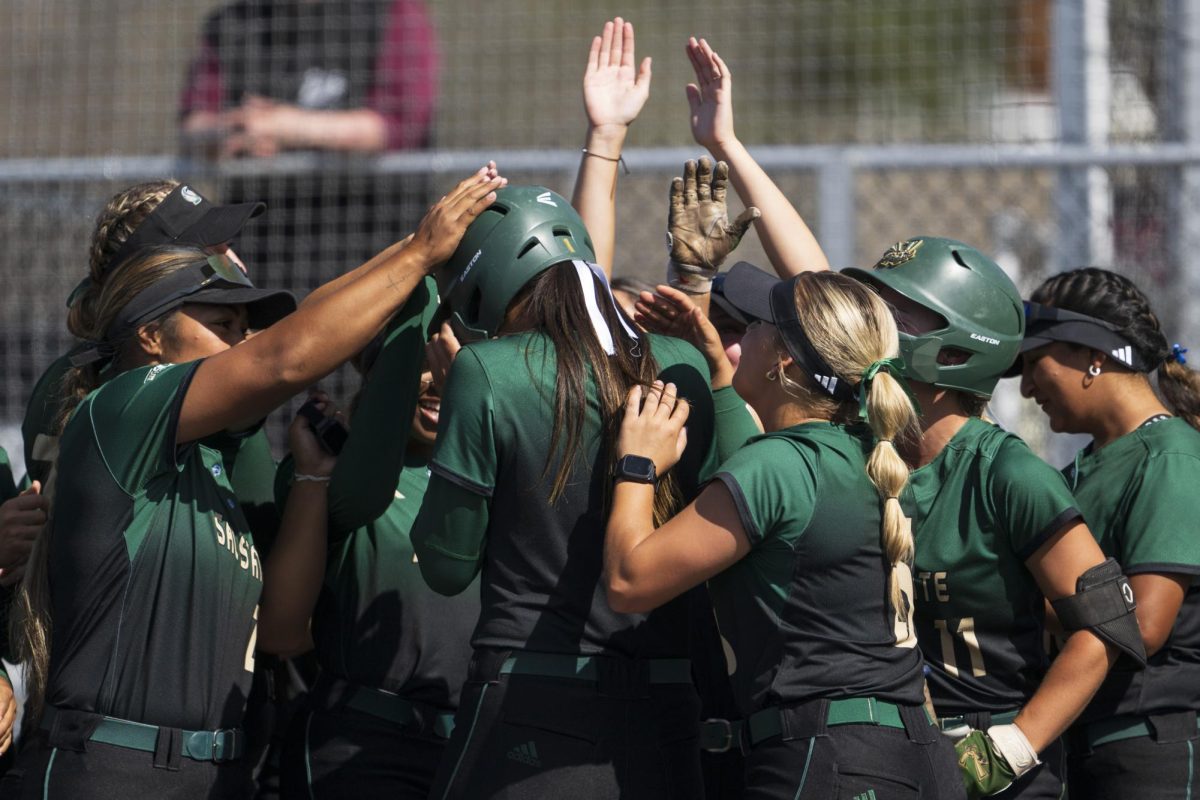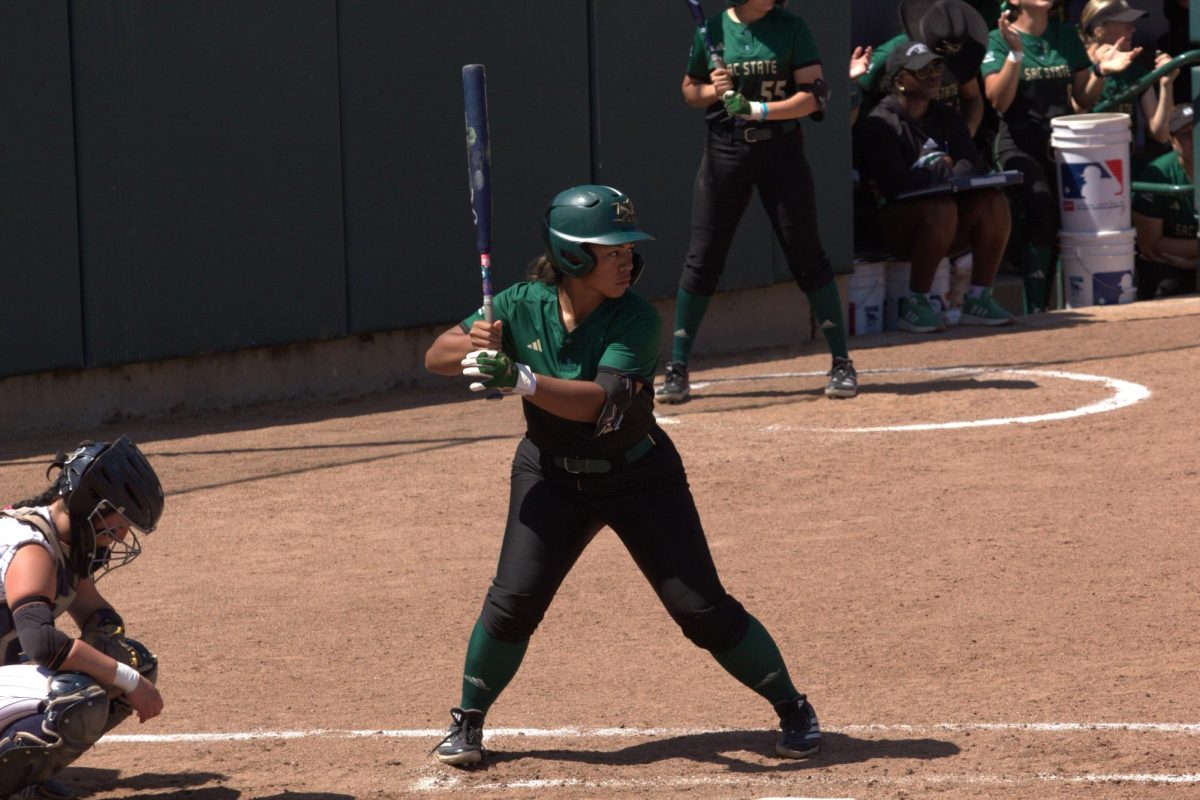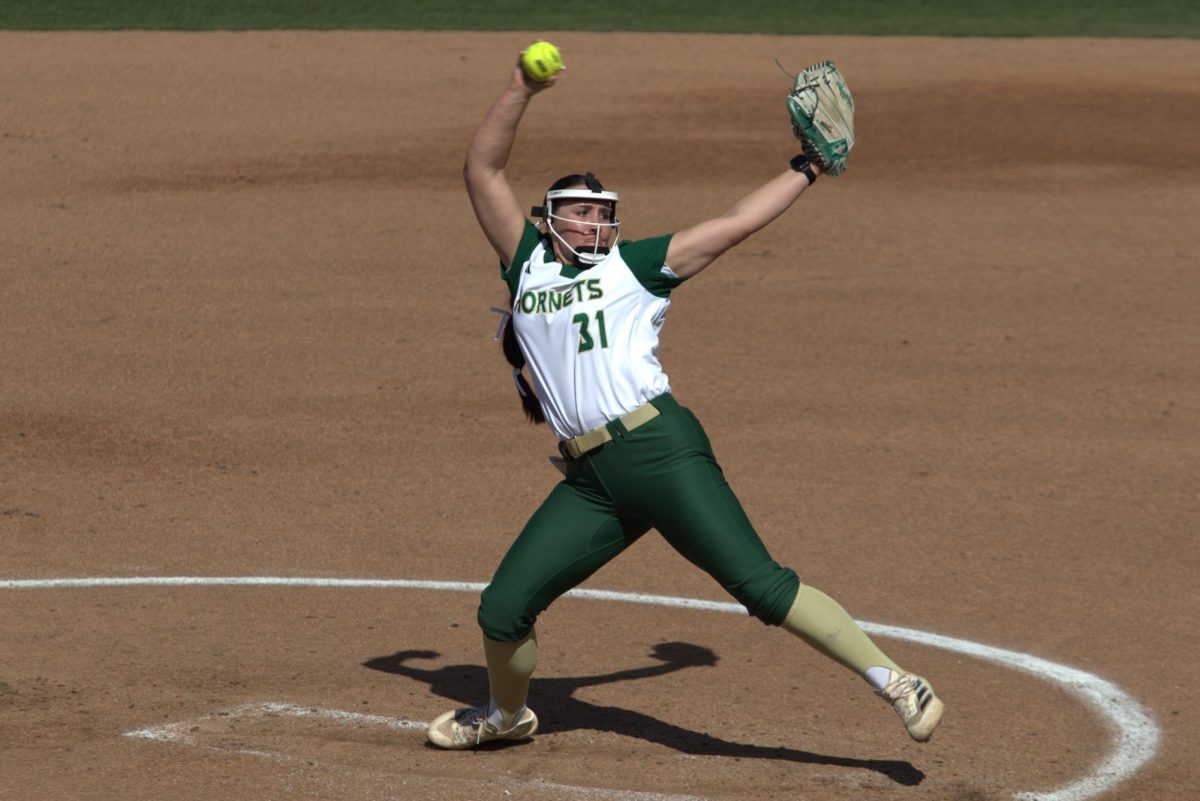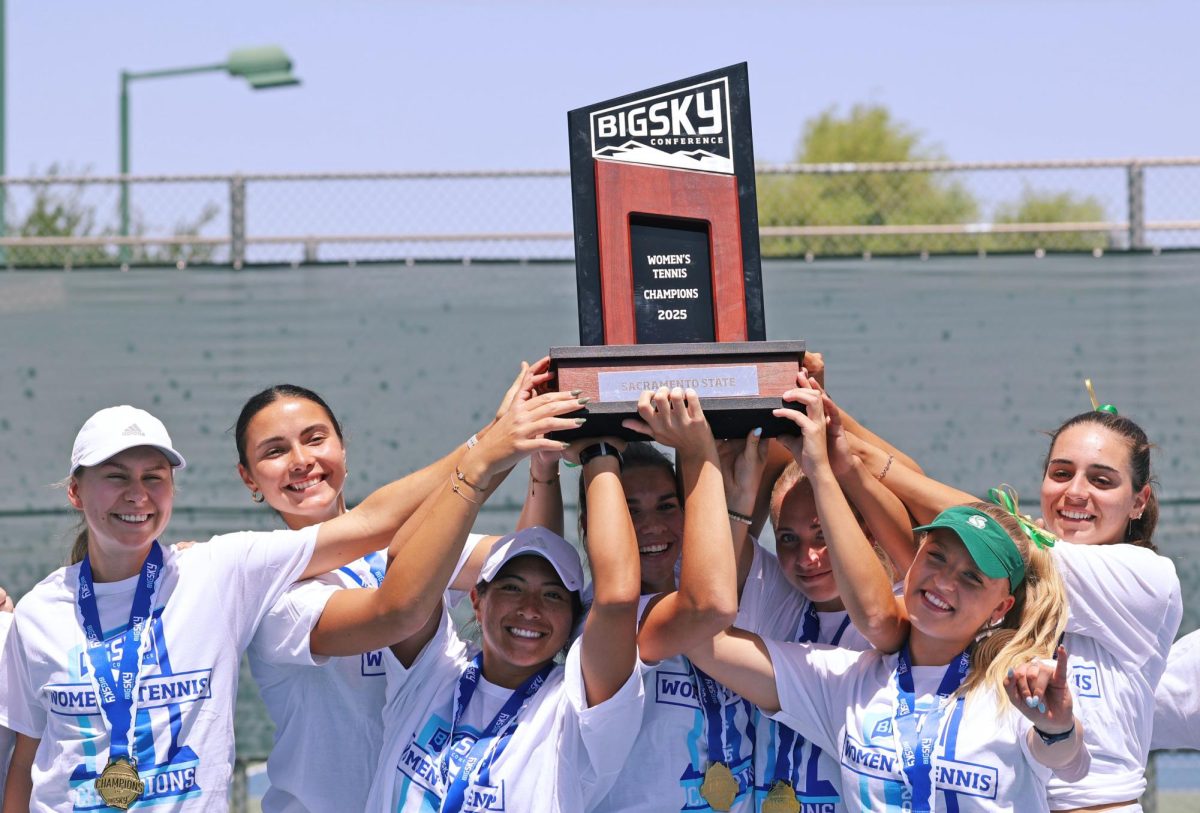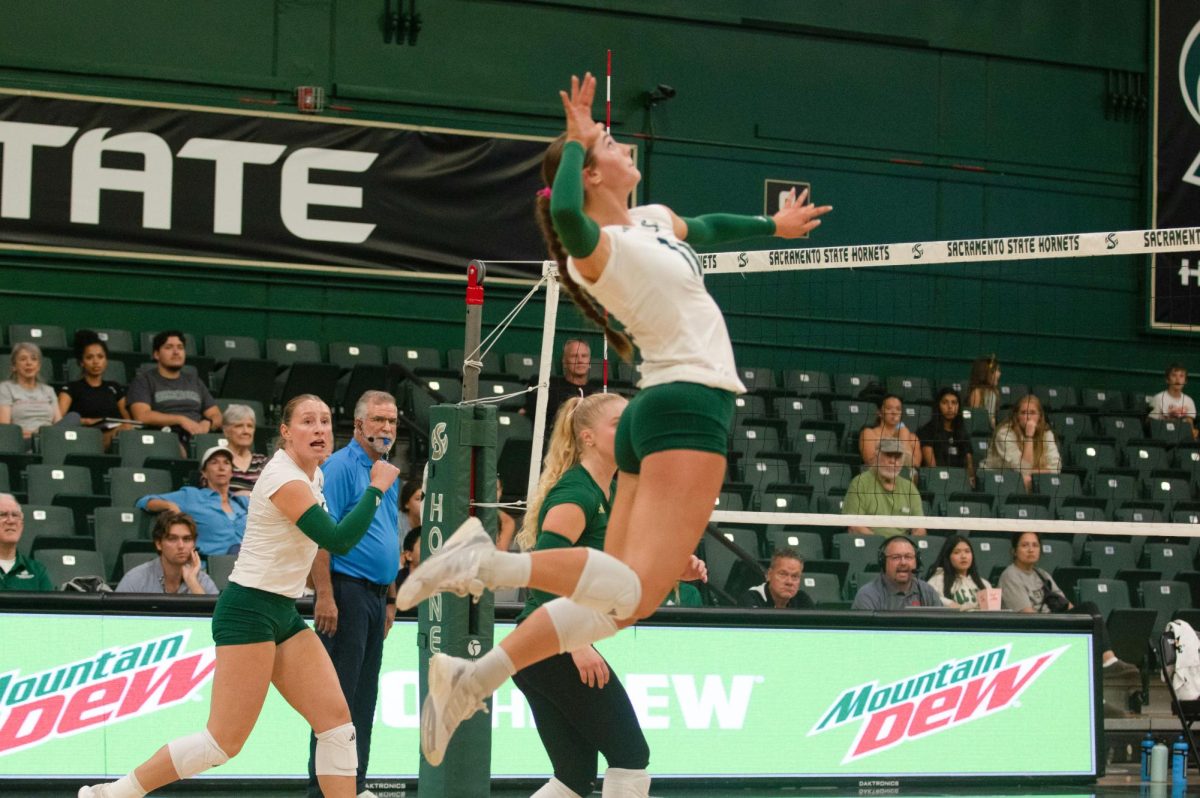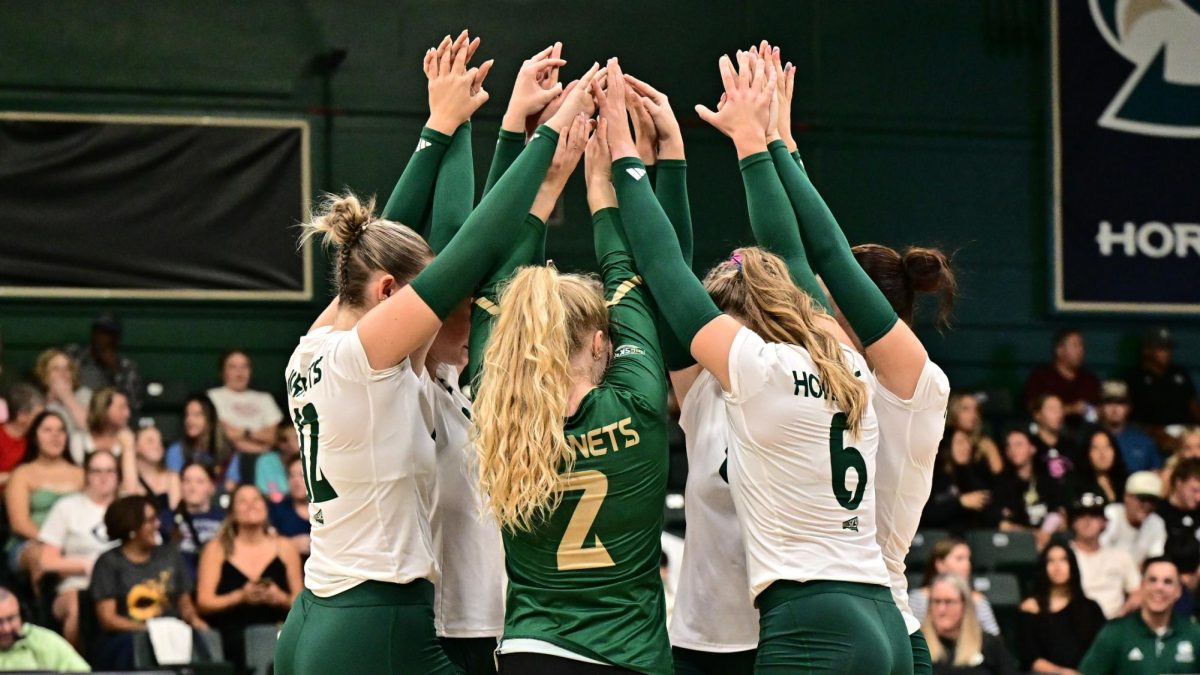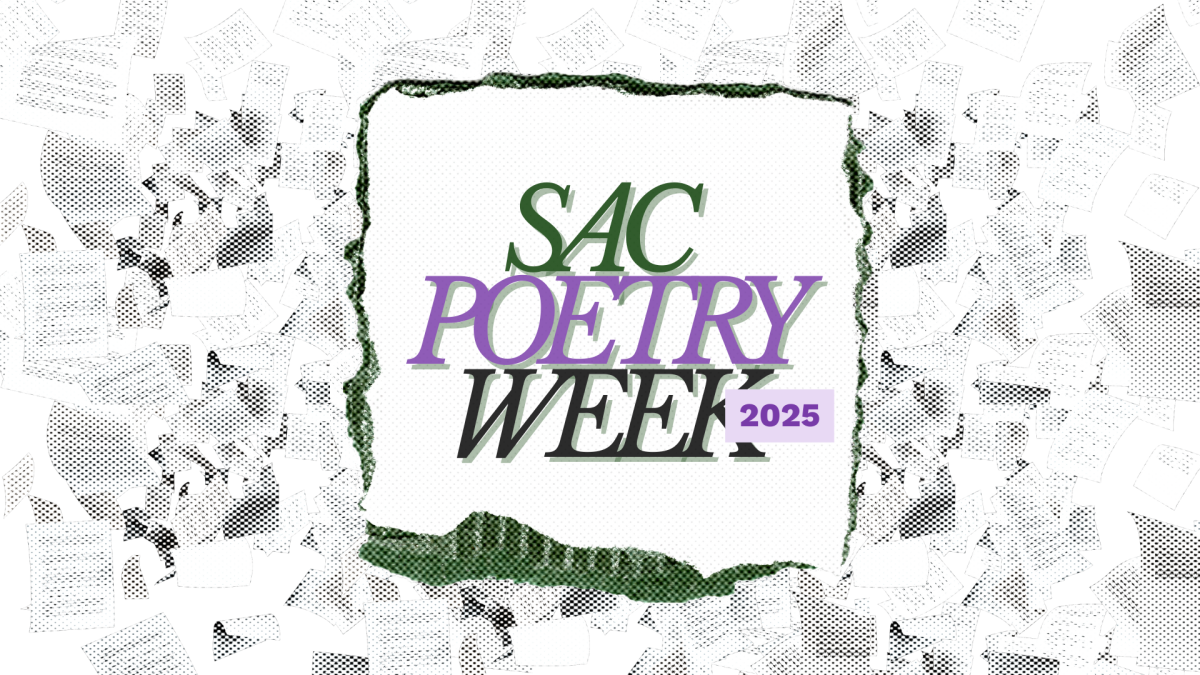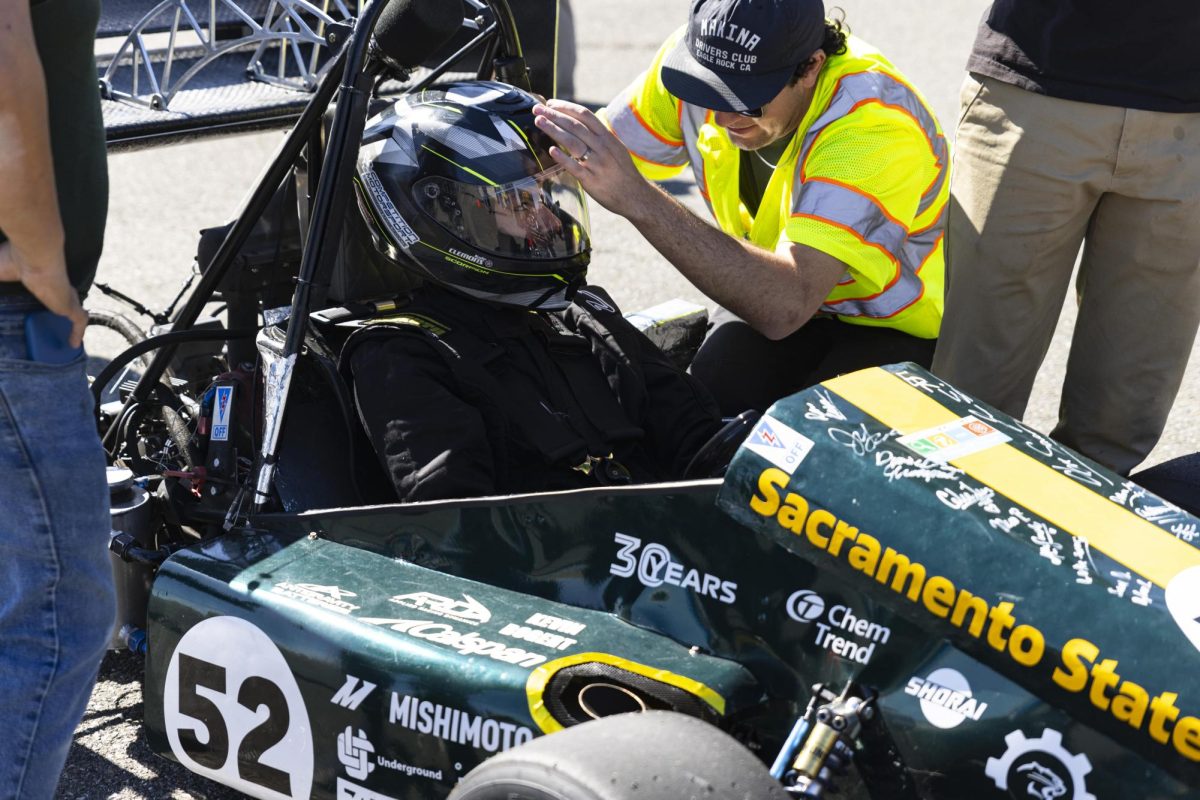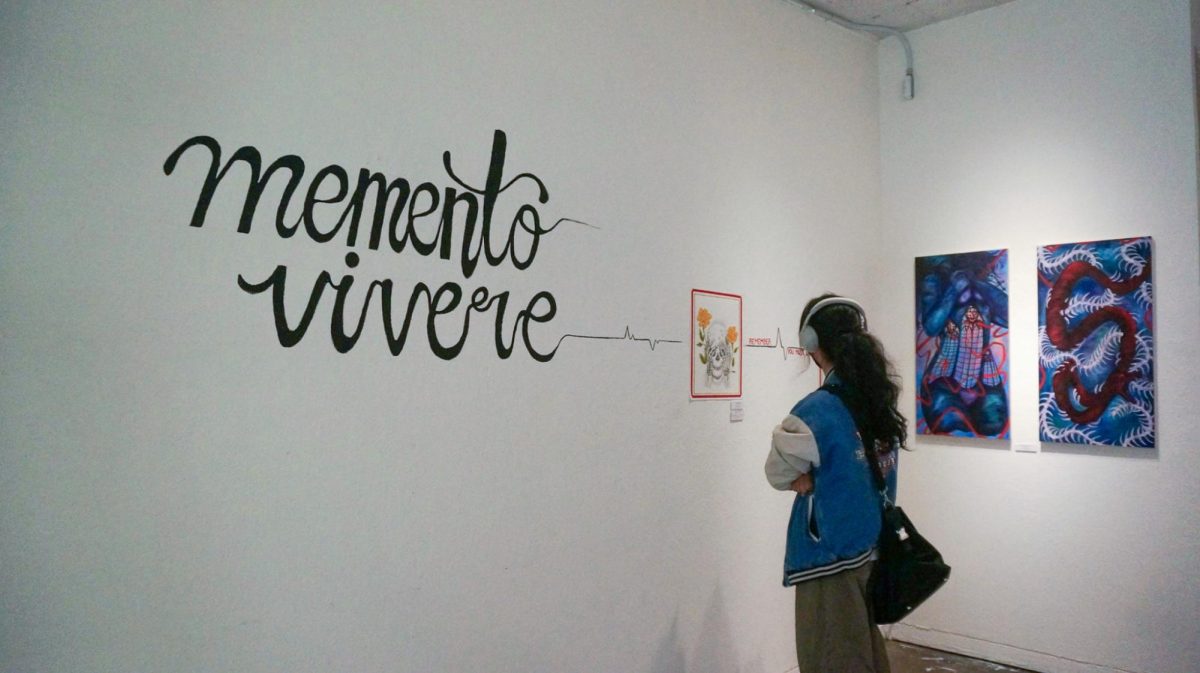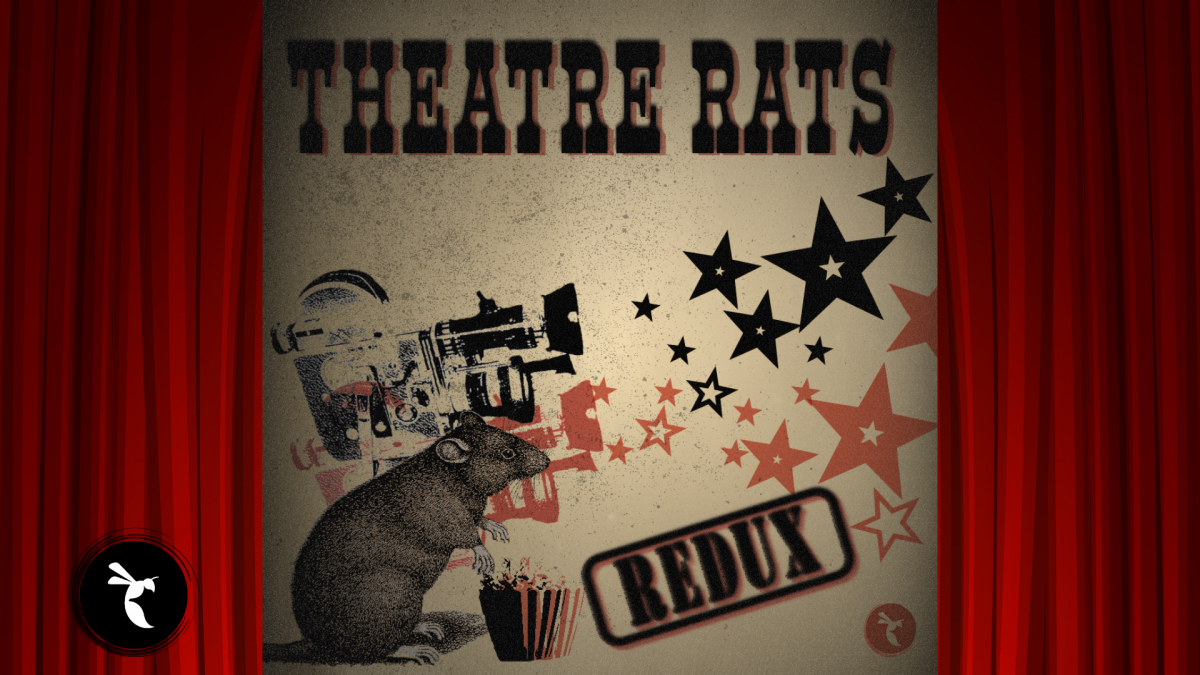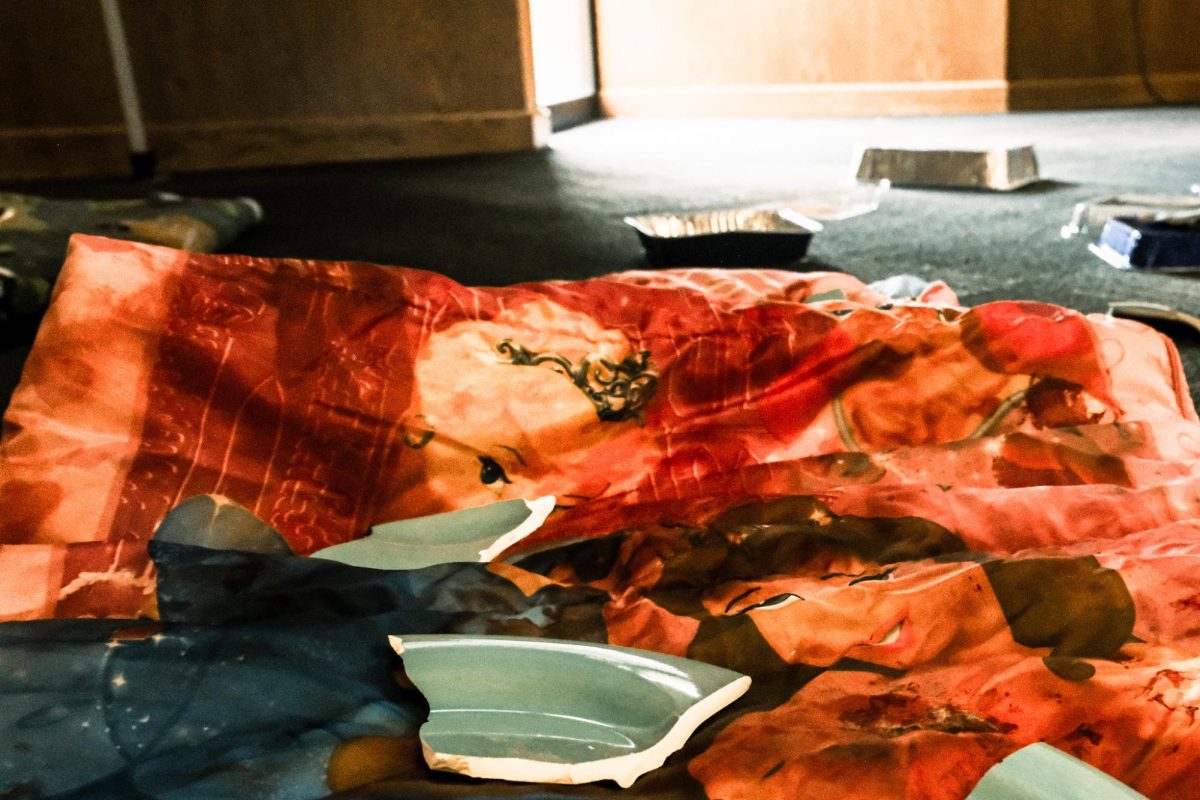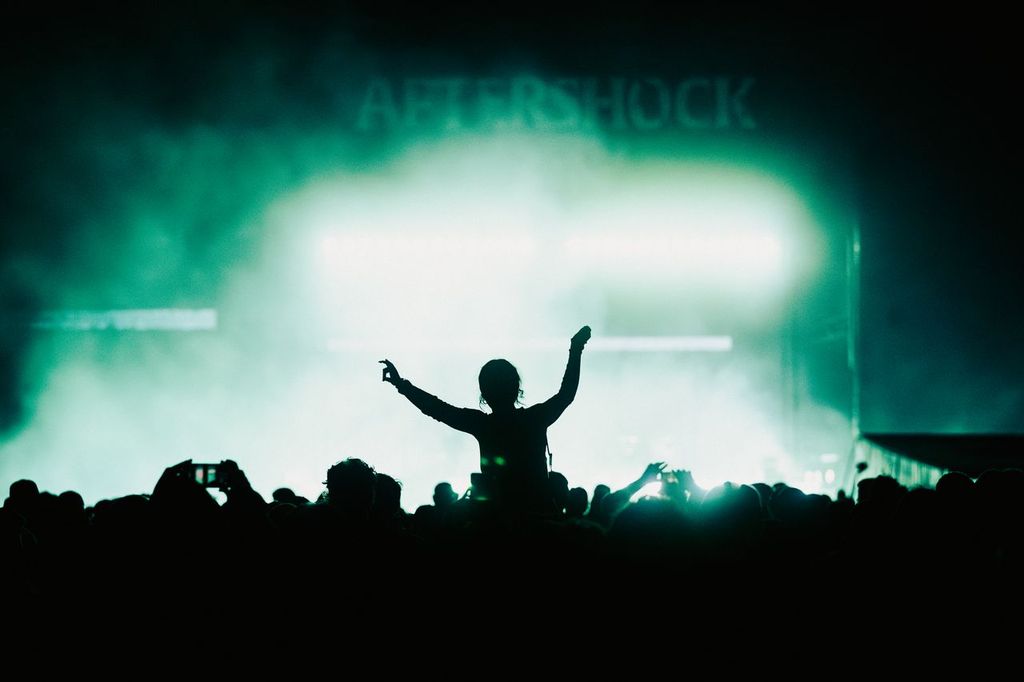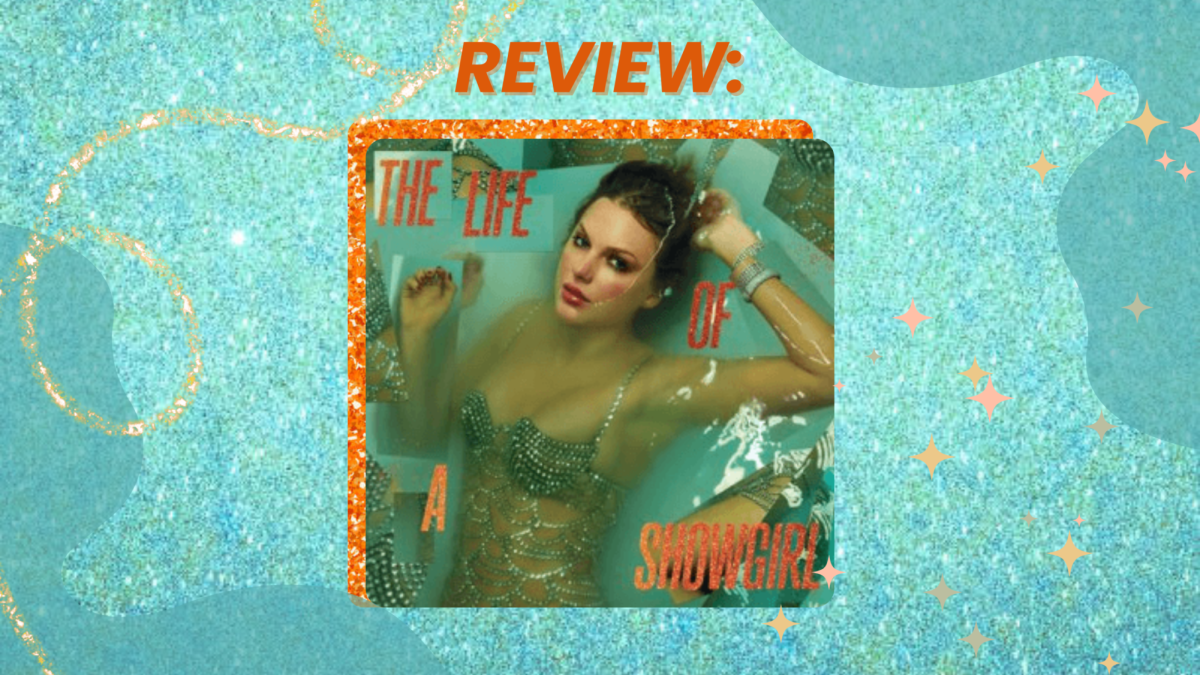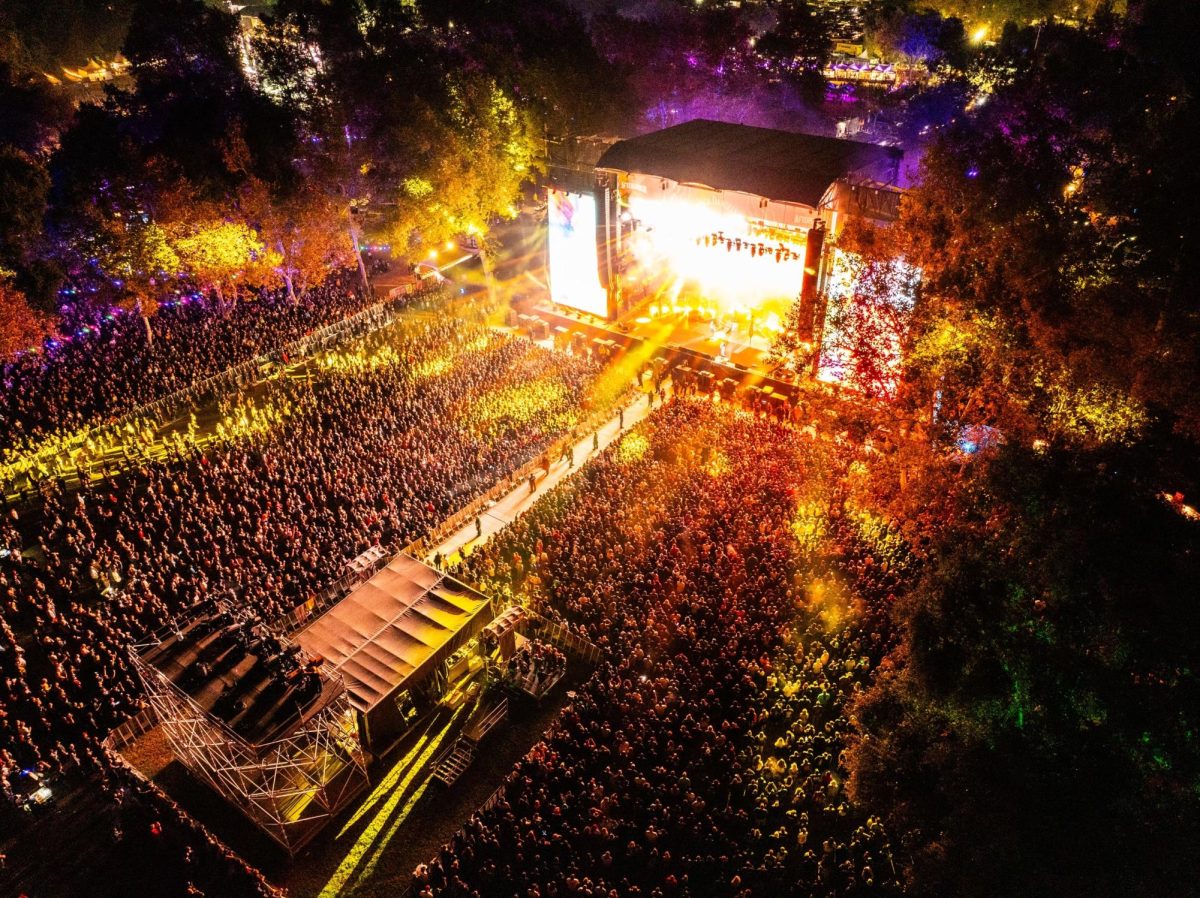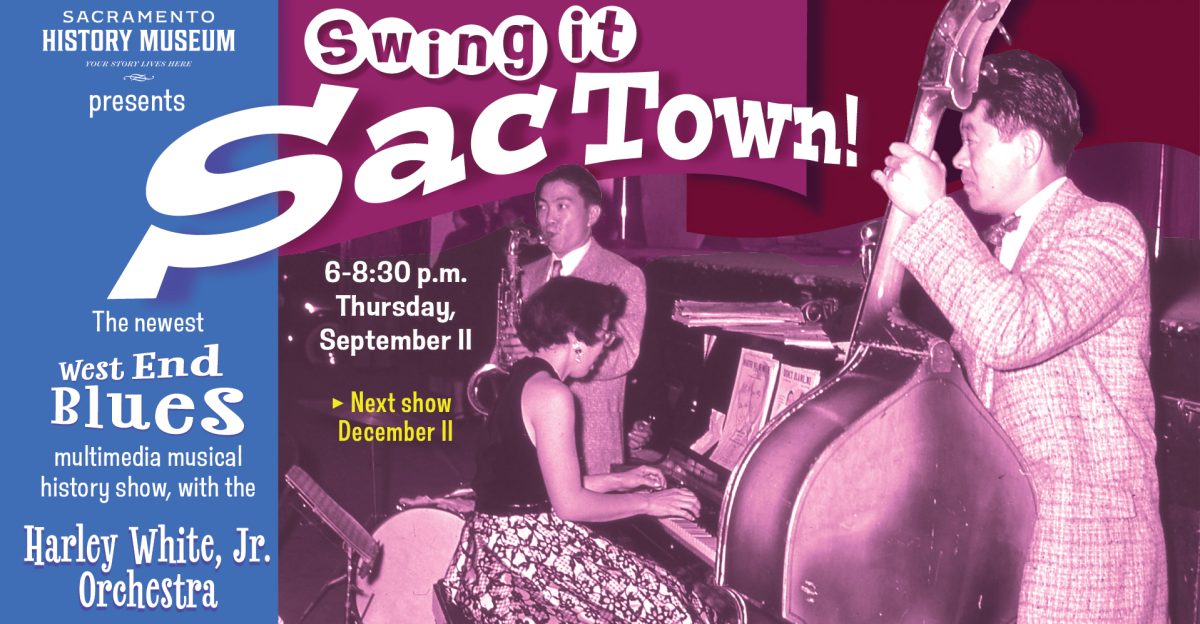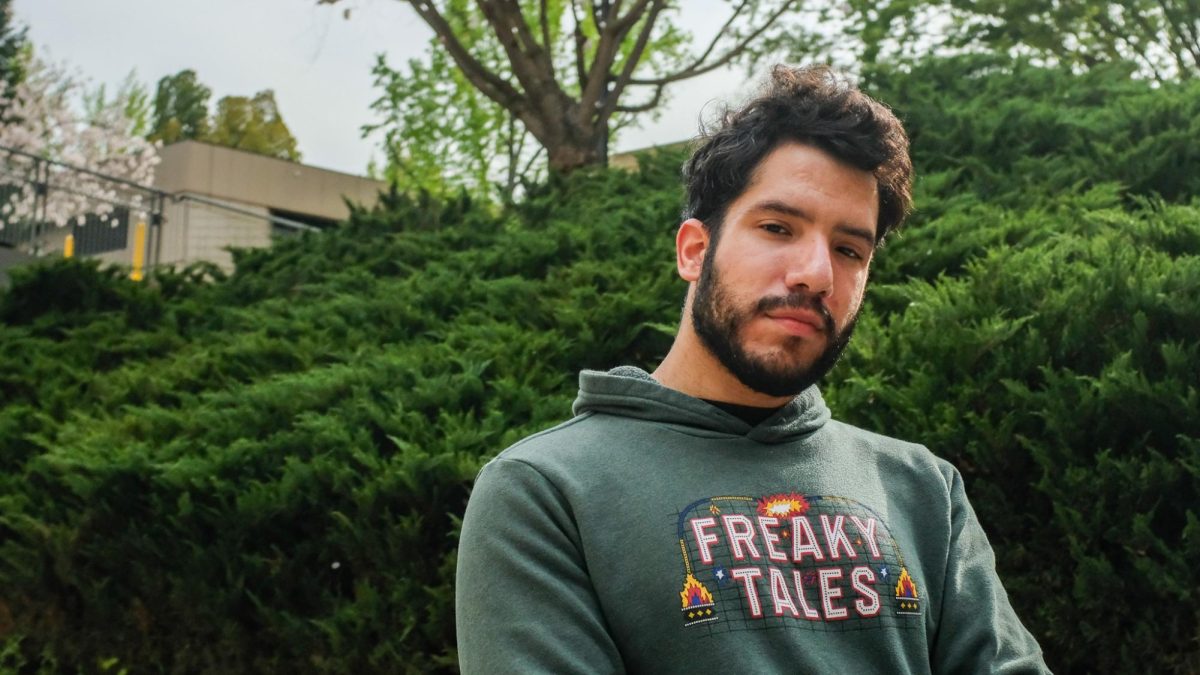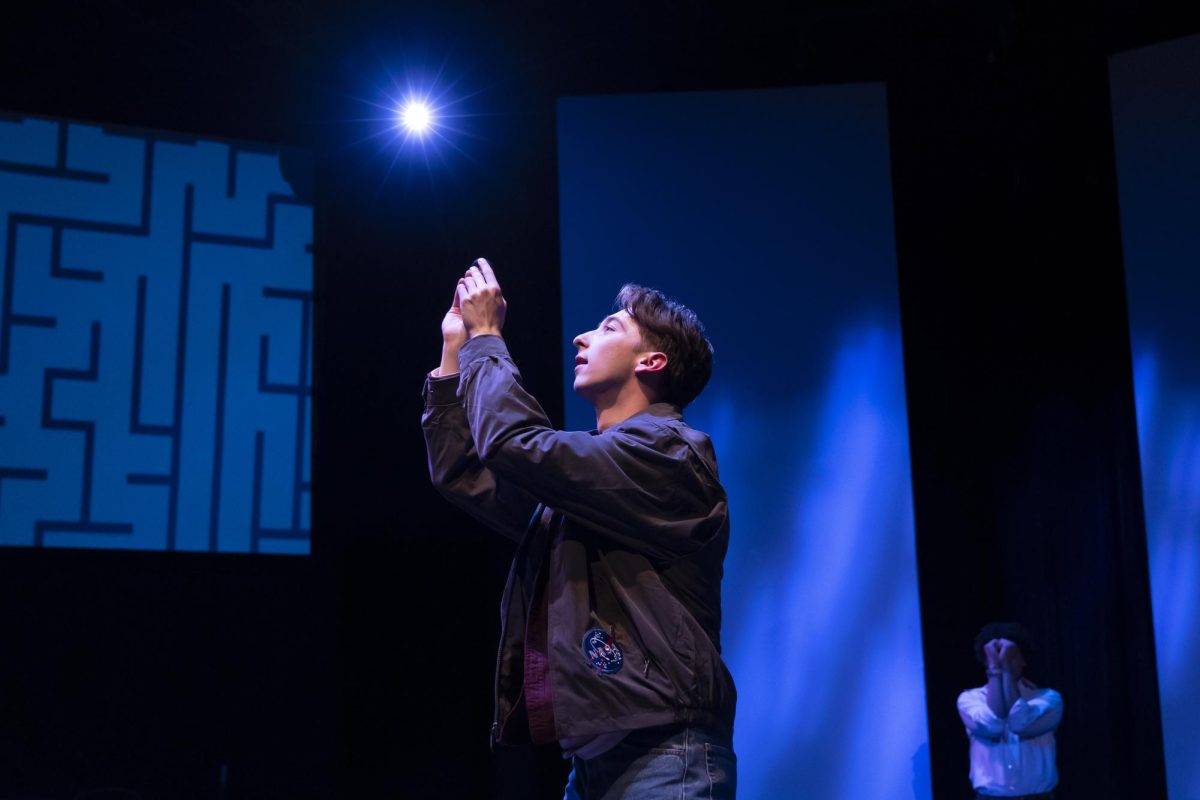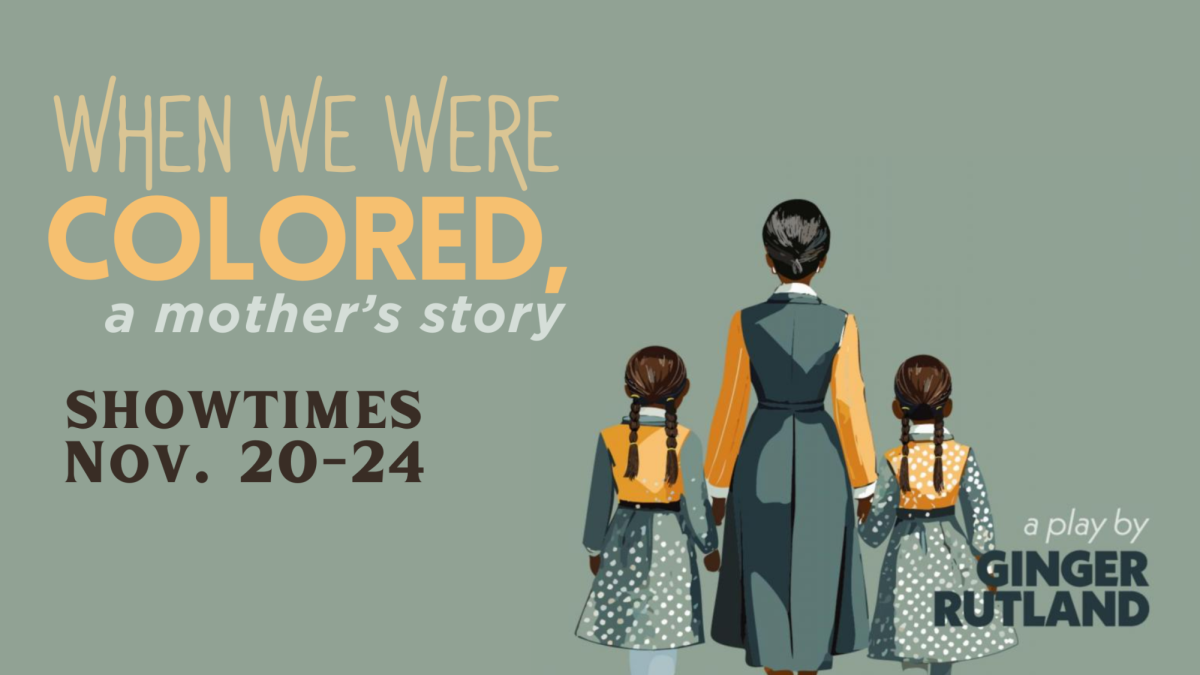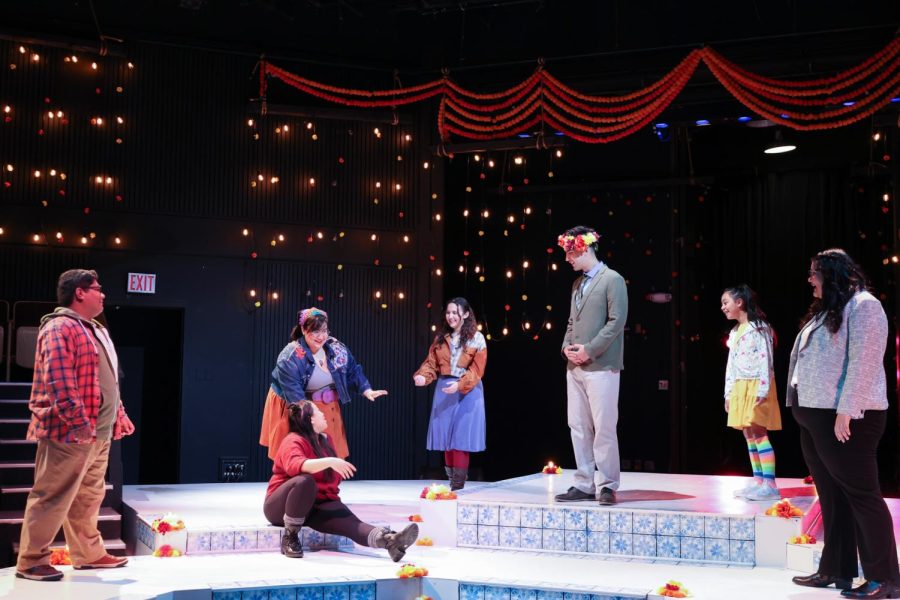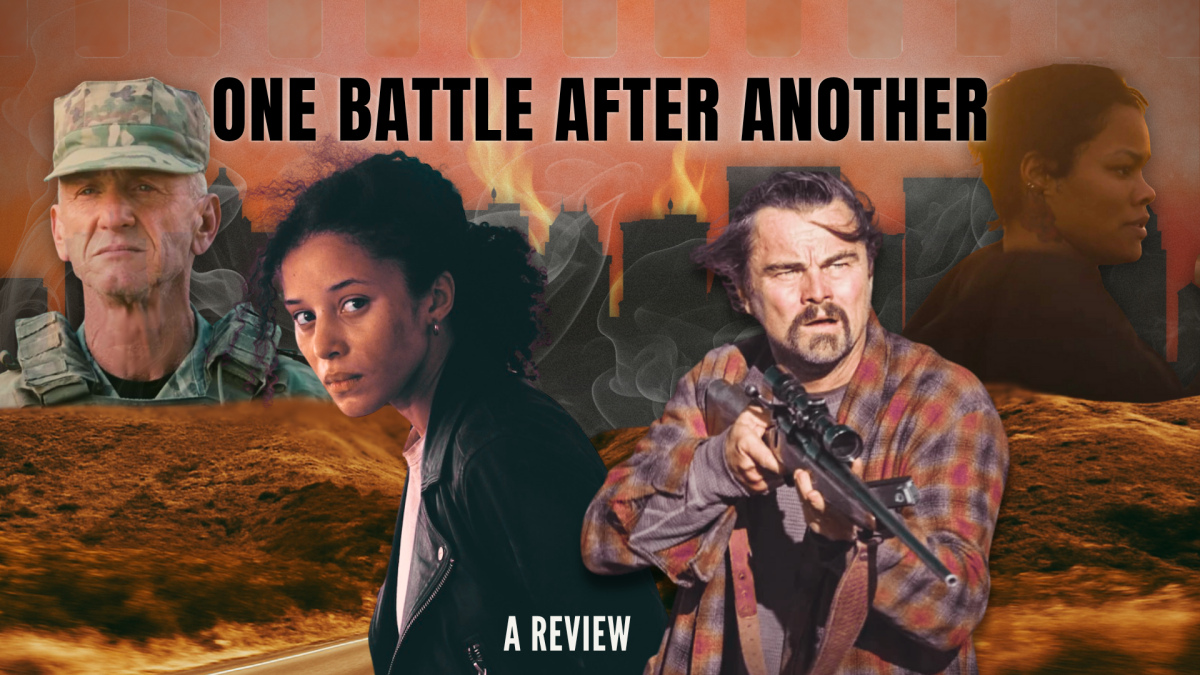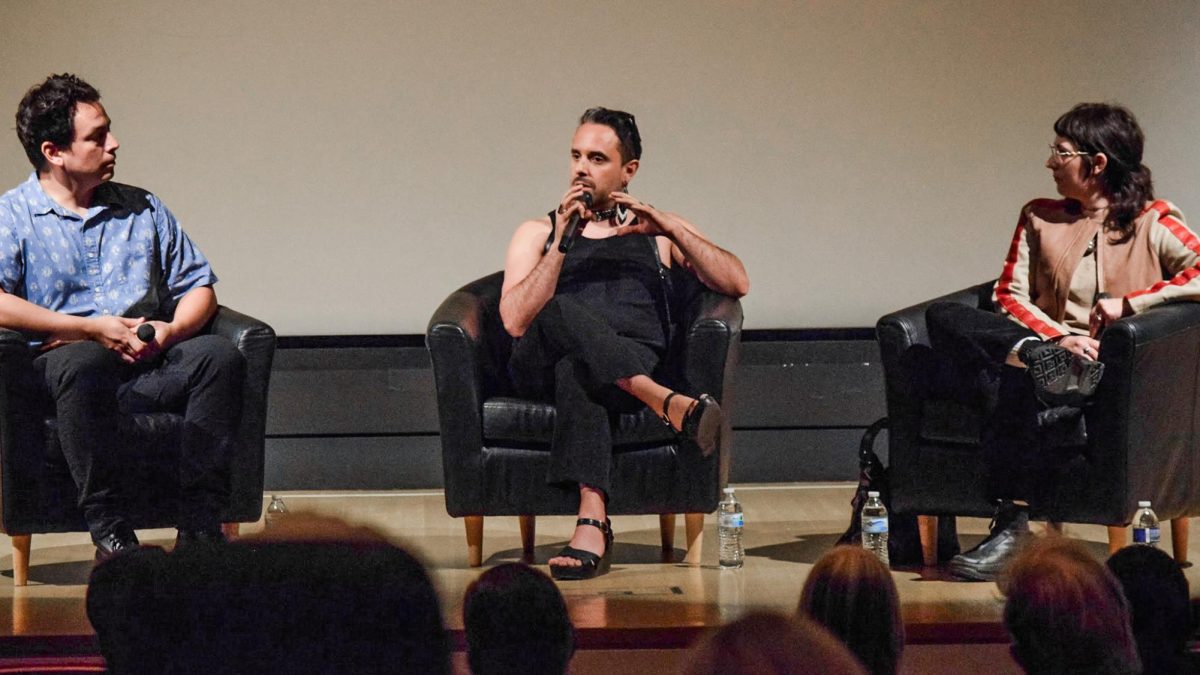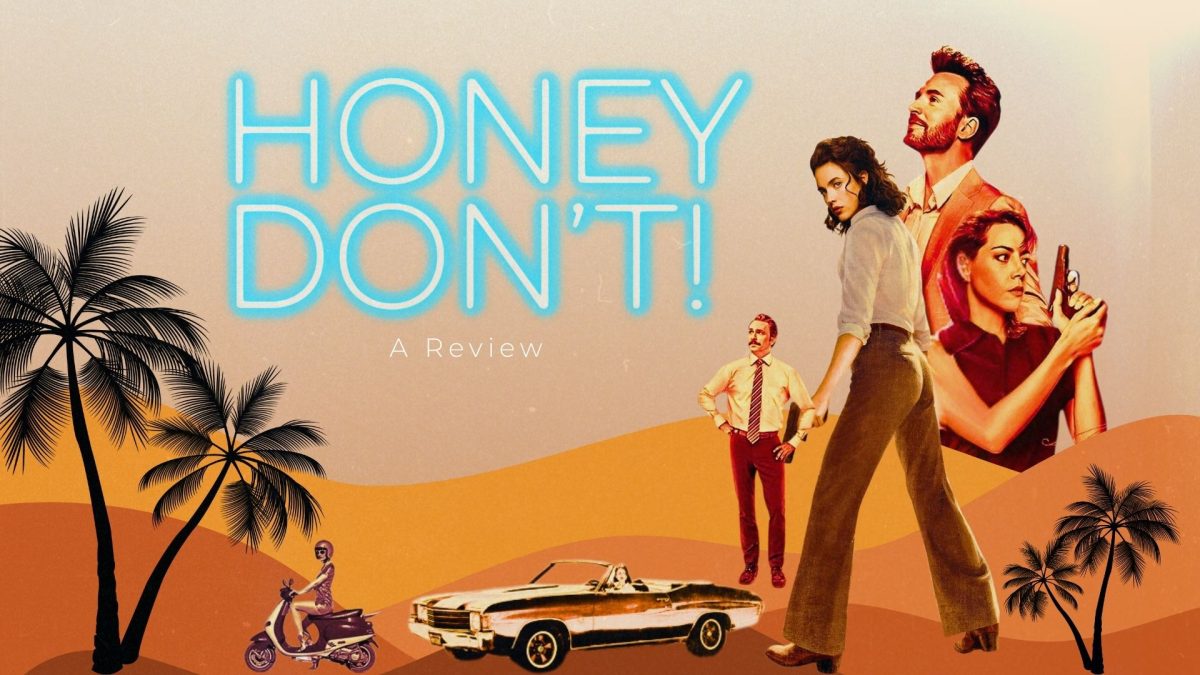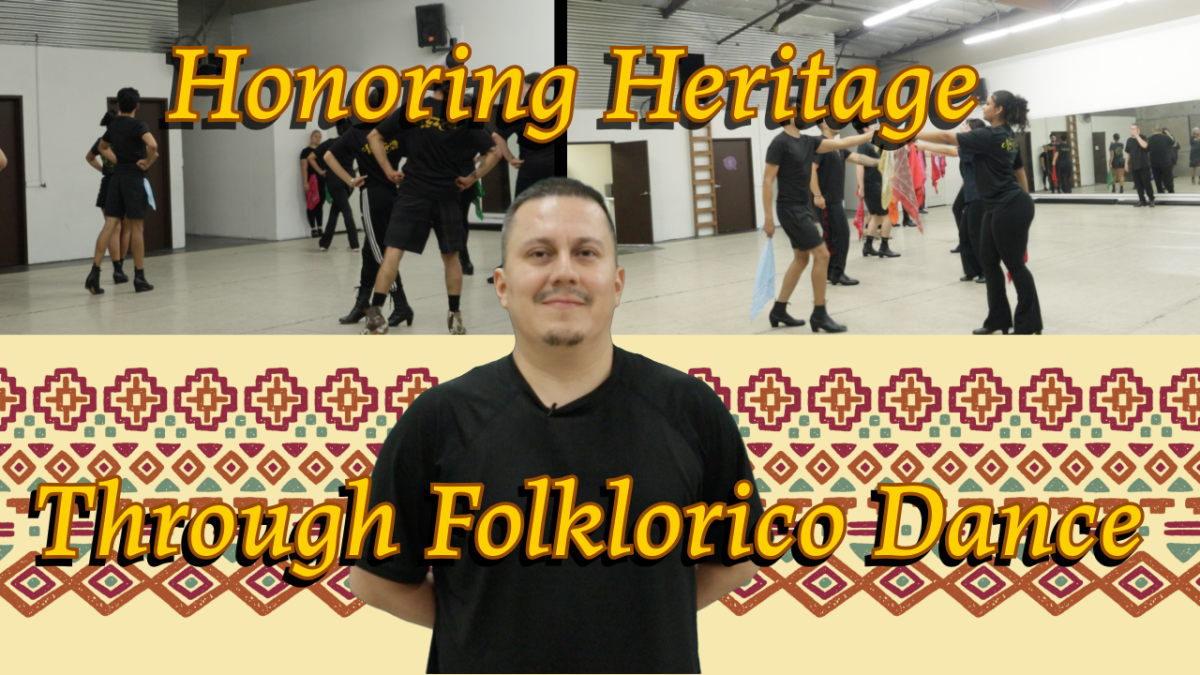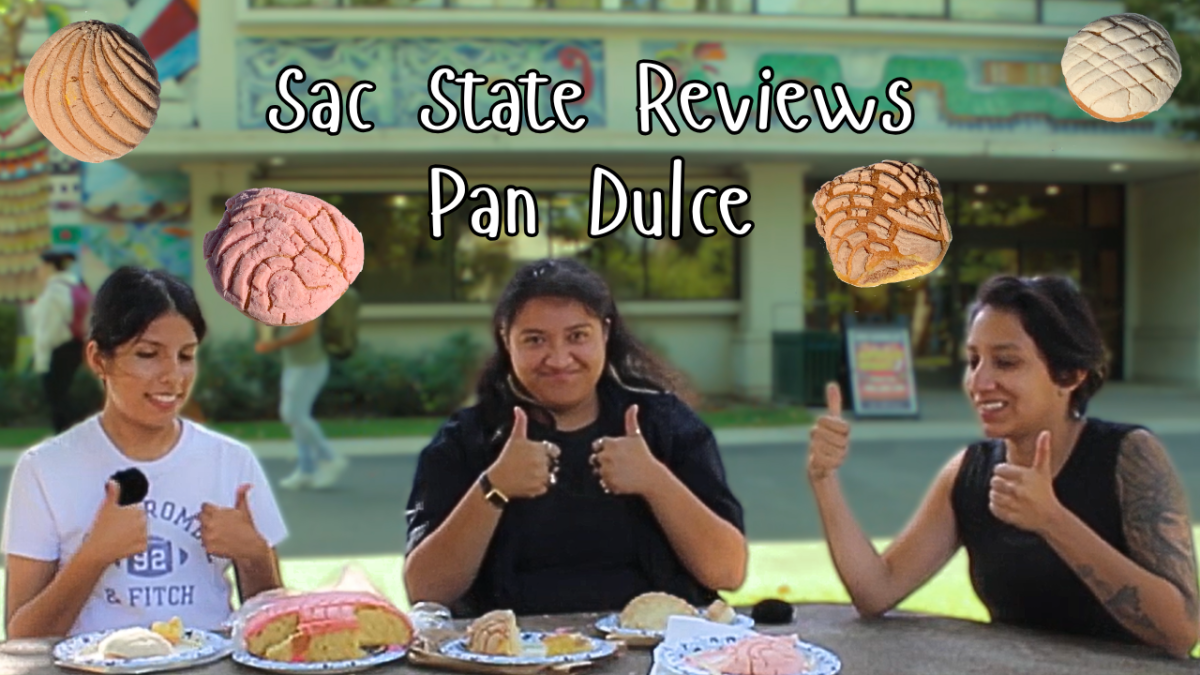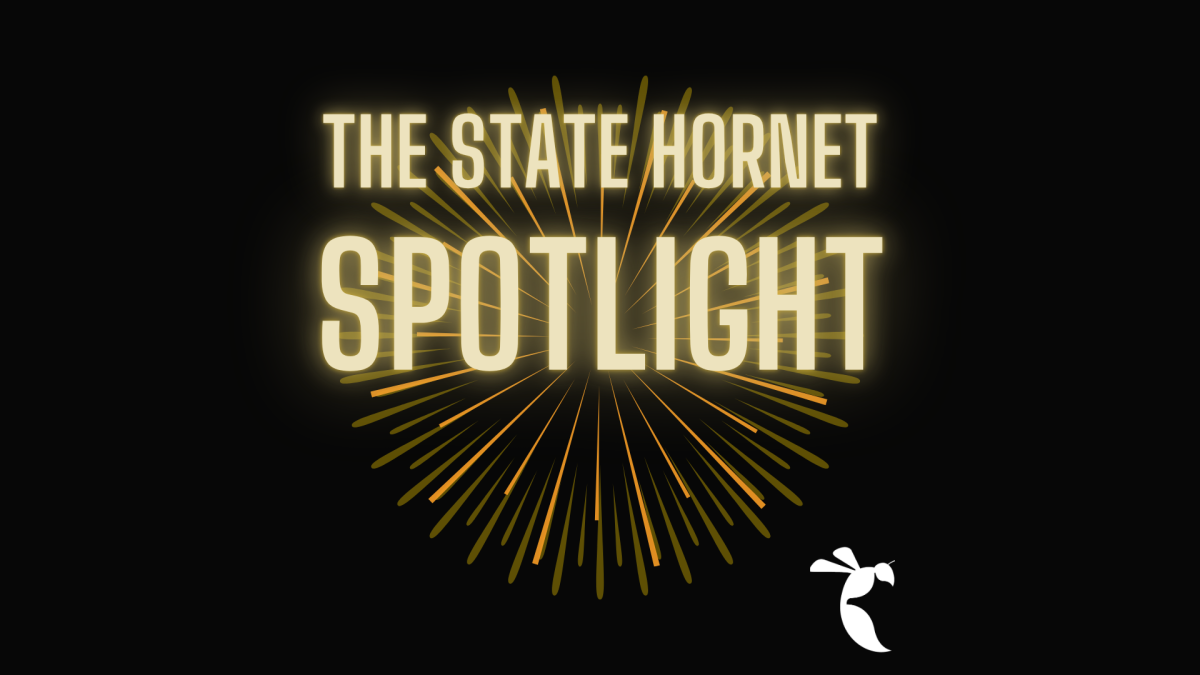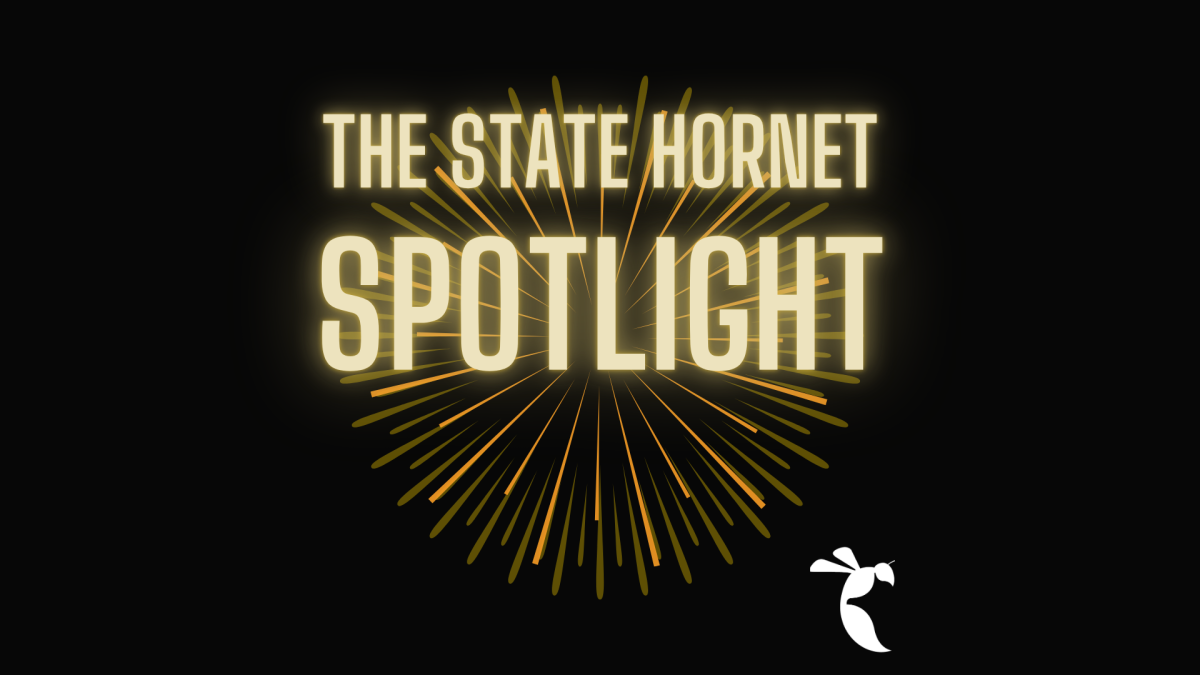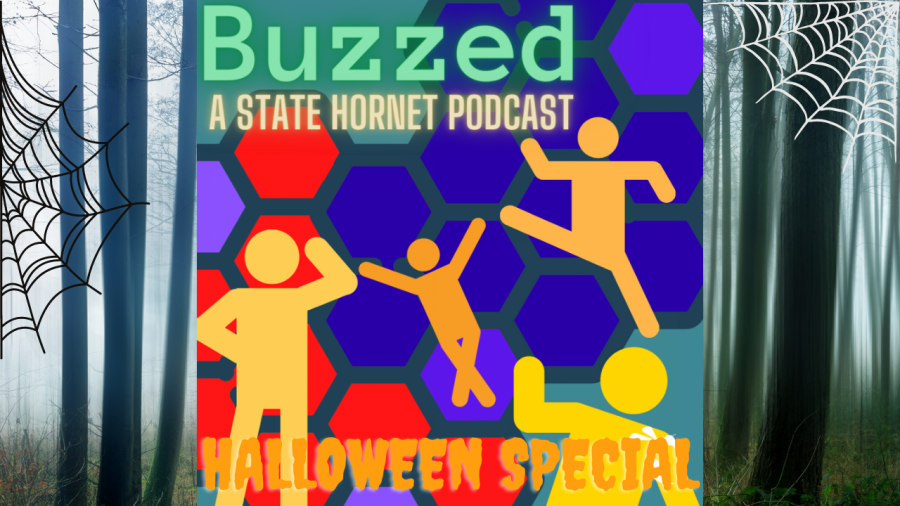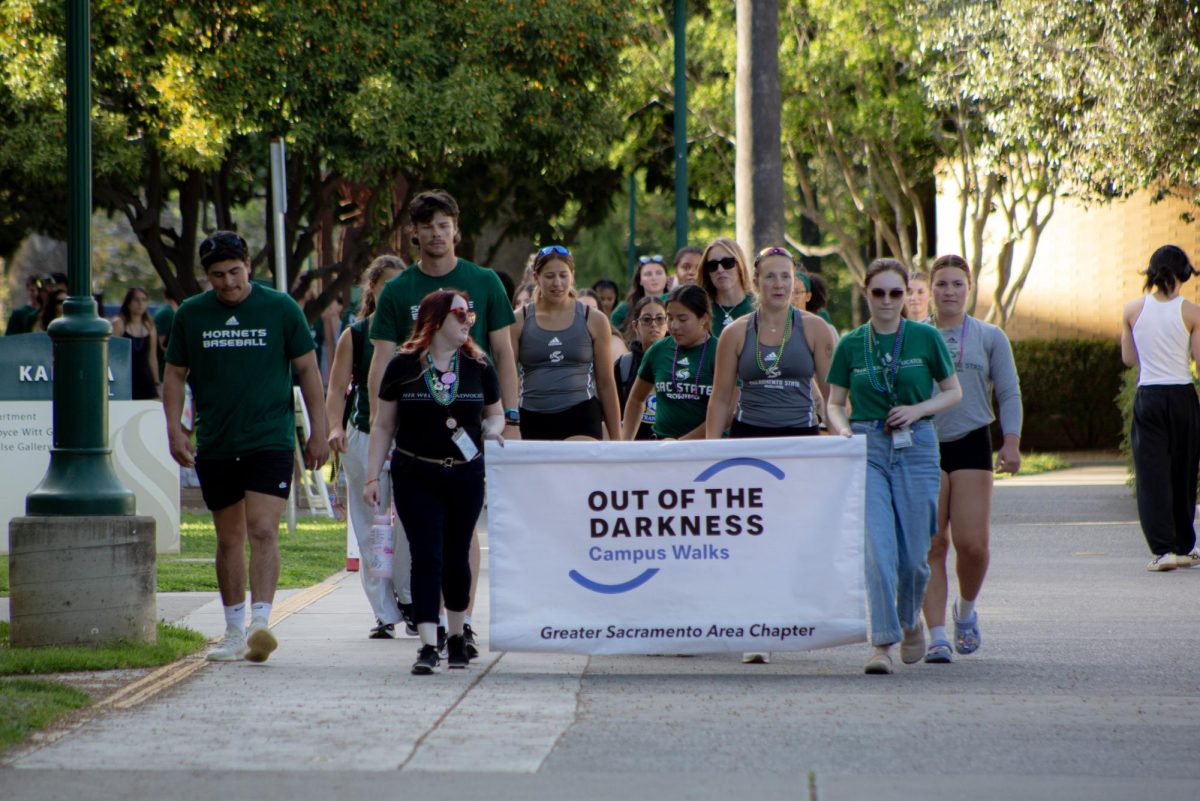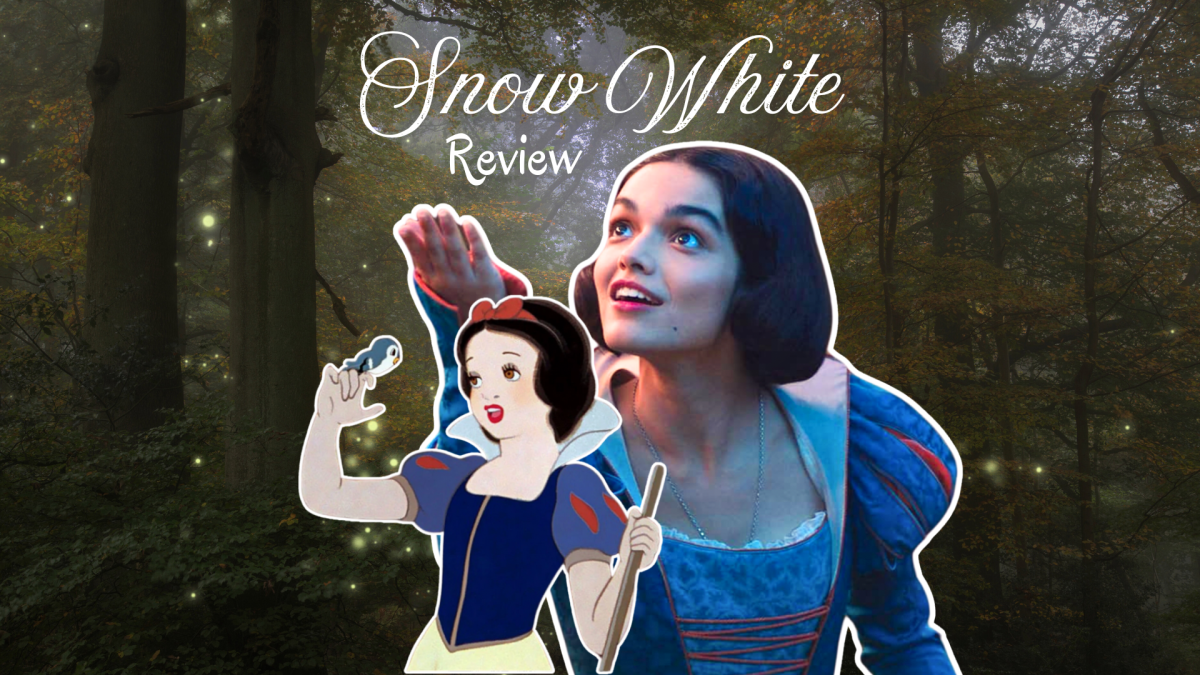Marc Webb’s 2025 adaptation of Disney’s very first animated motion picture “Snow White and the Seven Dwarfs,” released in 1937 is the latest in the trend of re-exploring the company’s magical vault.
“Snow White” has faced much controversy over its casting, which has negatively affected the film’s reception more than others. The dwarfism community viewed the use of CGI dwarves as a step backward in representation. In the movie, the characters are never referred to as dwarves but instead called unlabeled magical beings.
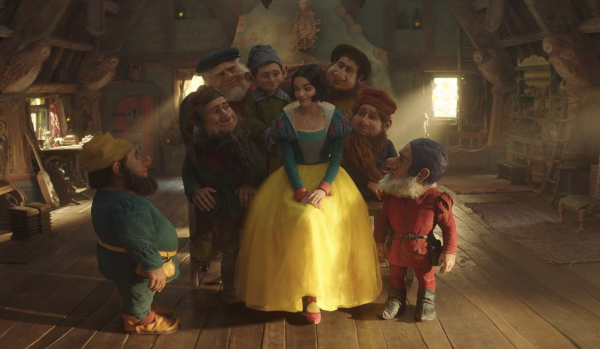
In addition, Rachel Zegler, who plays the titular character, has received some backlash for expressing her desire to make a version of the new story more in line with progressive values. Through interviews, Zegler expressed dislike for some of the dated aspects of the original story. This caused fans of the original film to ask if Zegler should be allowed to play the role if she planned on changing so much about the character.
For Gal Gadot, who plays the Evil Queen, her outward support for Israel during the ongoing Gaza-Israel war has led to many boycotting the film in solidarity with Gaza.
Beyond all of the controversy, does the film as a whole hold up?
The film follows the outline of the original plot. Snow White runs away from a kingdom ruled by the Evil Queen who is obsessed with being the fairest of the land, eventually leading Snow White to hide with a group of seven dwarves.
Where the film aims to make itself different is the characters’ reasons for moving the story forward, mainly regarding Snow White. Unlike in the original version, this retelling aims to make Snow White more involved with the story, as the character tries to reclaim the kingdom while trying to find her courage.
Overall, the story on paper is fine, and there are enjoyable moments here and there. Yet this remake is trapped in a strange in-between as it tries to expand upon a relatively simple story with additions that do not add much to the overall experience.
While the film has moments where Snow White stands up and fights back, but the film can’t explore those moments too much because it still has to hit the classic beats.
In addition, the film does not change enough of the core story, as scenes ripped from the original that show Snow White as a helpless damsel now conflict with the newer moments that are meant to show her as a strong leader.
It is because of this problem that the film oddly feels too slow and too fast at the same time. Scenes that are based on the old movie drag because they often don’t add anything new. Newer scenes move too fast as the film rushes to capture the nostalgic old scenes.
The performances in the film are nothing beyond passable. Andrew Burnap is charming enough for a rogue outlaw with a heart of gold, each dwarf acts as they should, without anything interesting added to their identifying personalities but the CGI fails to make the dwarves feel like they are alive.
Gadot has some high moments where it is clear she is having fun being a vanity-obsessed villain. Those moments are infrequent as for most of the film, Gadot is relatively flat.
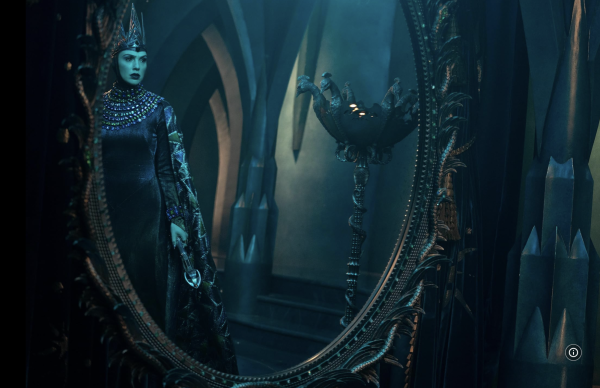
However, Zegler’s performance elevates the film just a bit. Not only does she shine in every musical number, but her acting truly adds something to the character. While there are some moments of awkward acting here and there, Zegler does the best she can with a bare-bones script.
Unlike the other Disney remakes over the years, the film features a primarily original score by “La La Land” songwriting duo Benj Pasek and Justin Pau, including only three songs from the original 1937 film.
While Pasek and Paul usually follow a more contemporary sound, this film is an outlier in their discography. It is sonically more attuned to the sound of classic musical theatre music than their more pop-inspired songs in films like “Dear Evan Hansen” or “The Greatest Showman.”
RELATED: A tale of two Mickeys: Bong Joon-Ho’s ‘Mickey 17’ overindulges
Although the music is good, the contemporary sound is a double-edged sword. The songs lyrically and compositionally feel at home in more recent films like “Moana” or “Frozen,” making them clash with the classic tunes from decades before. This makes the soundtrack feel uneven and Paske and Paul do not reach the same level of punch that their songs often hit from their other musicals.
Despite this, Zegler’s film lead single, “Waiting On A Wish,” is a catchy classic Disney princess song. This film version of “Whistle While You Work” is as bouncy as it always has been, sporting some new instrumentation from Paske and Pual to boot. However, Gal Gadot’s talk-singing on her song “All Is Fair” is one of the weakest villain songs seen in a long time.
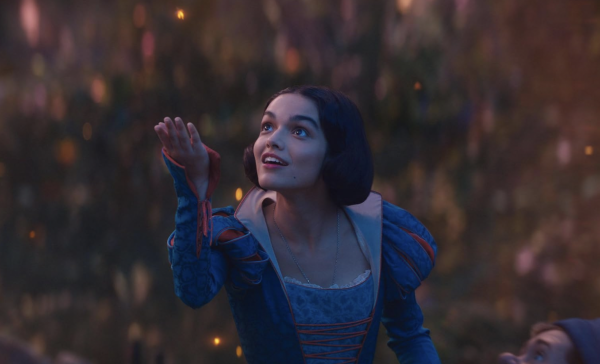
At the end of the day, “Snow White” is another in a long line of Disney remakes that fail to live up to the animated original. For what it’s worth, there are some shining moments that elevate it above the other films of its kind.
While Zegler can pull some gleaming pieces of magic out of this retelling, she cannot save the film from what it will always be at its core, a slower, less imaginative version of a story told before. It does not add enough to the story of Snow White to give the film a reason to exist, to the point of asking if the controversy around the movie was more interesting than the film itself.


